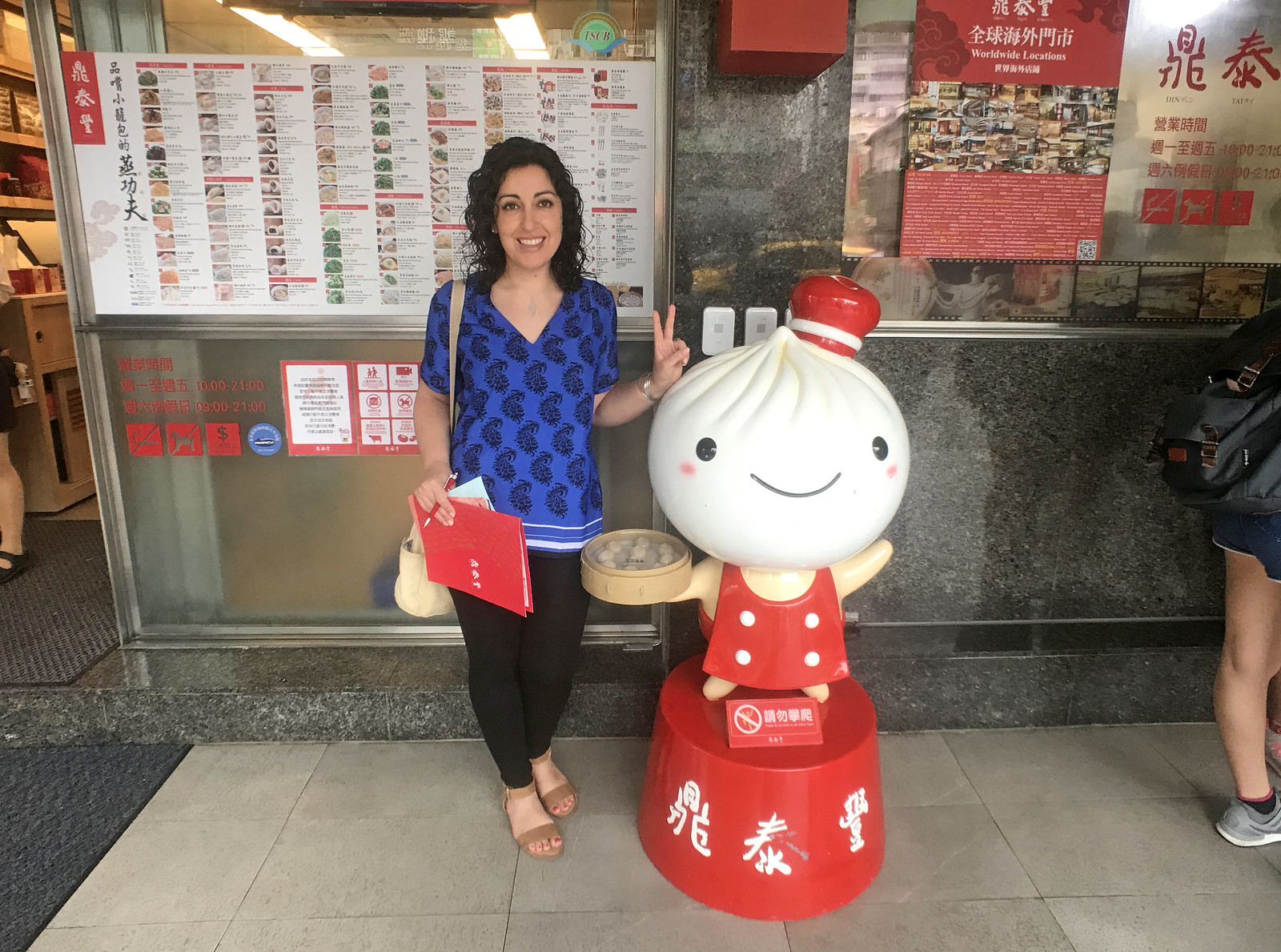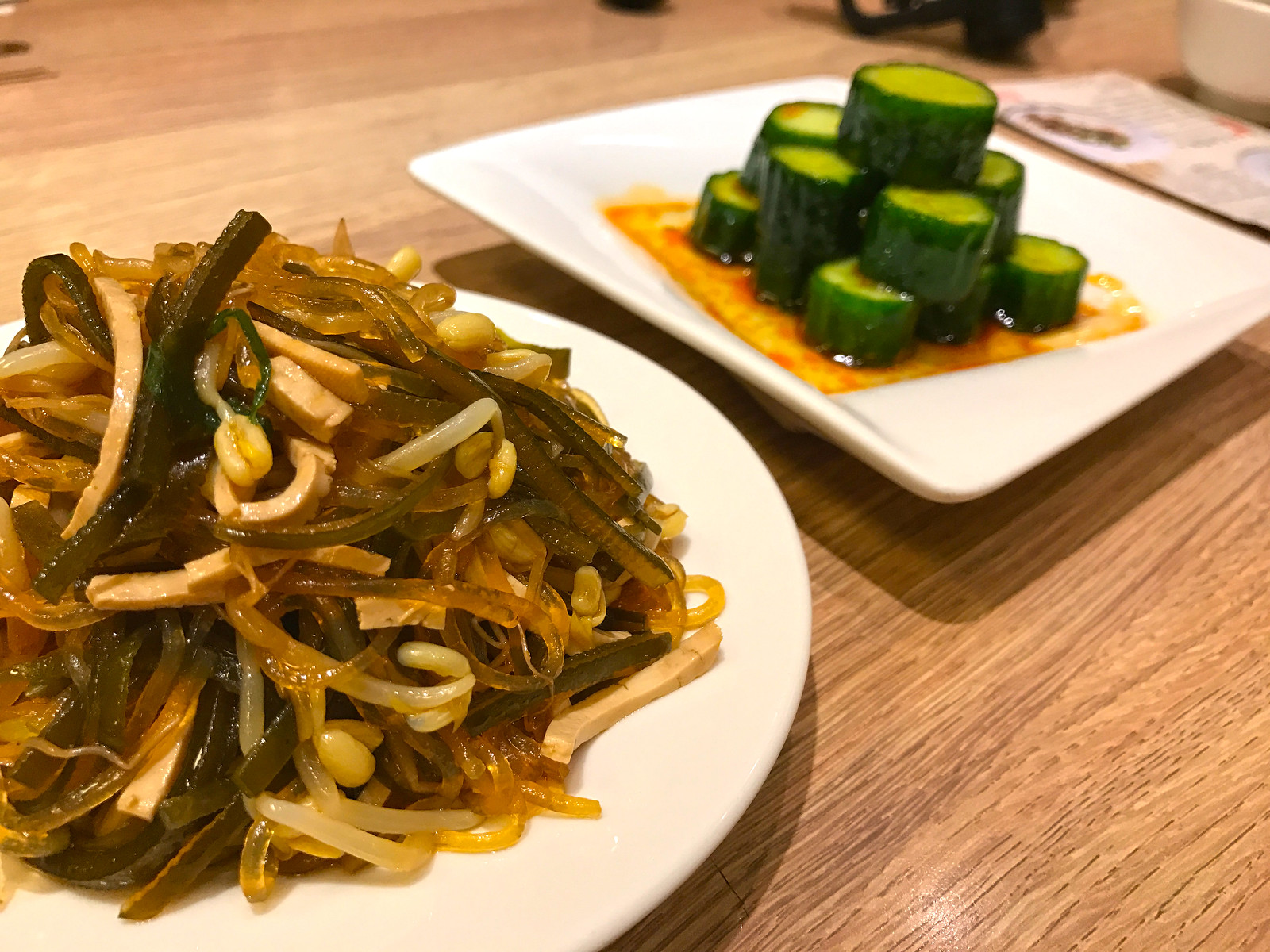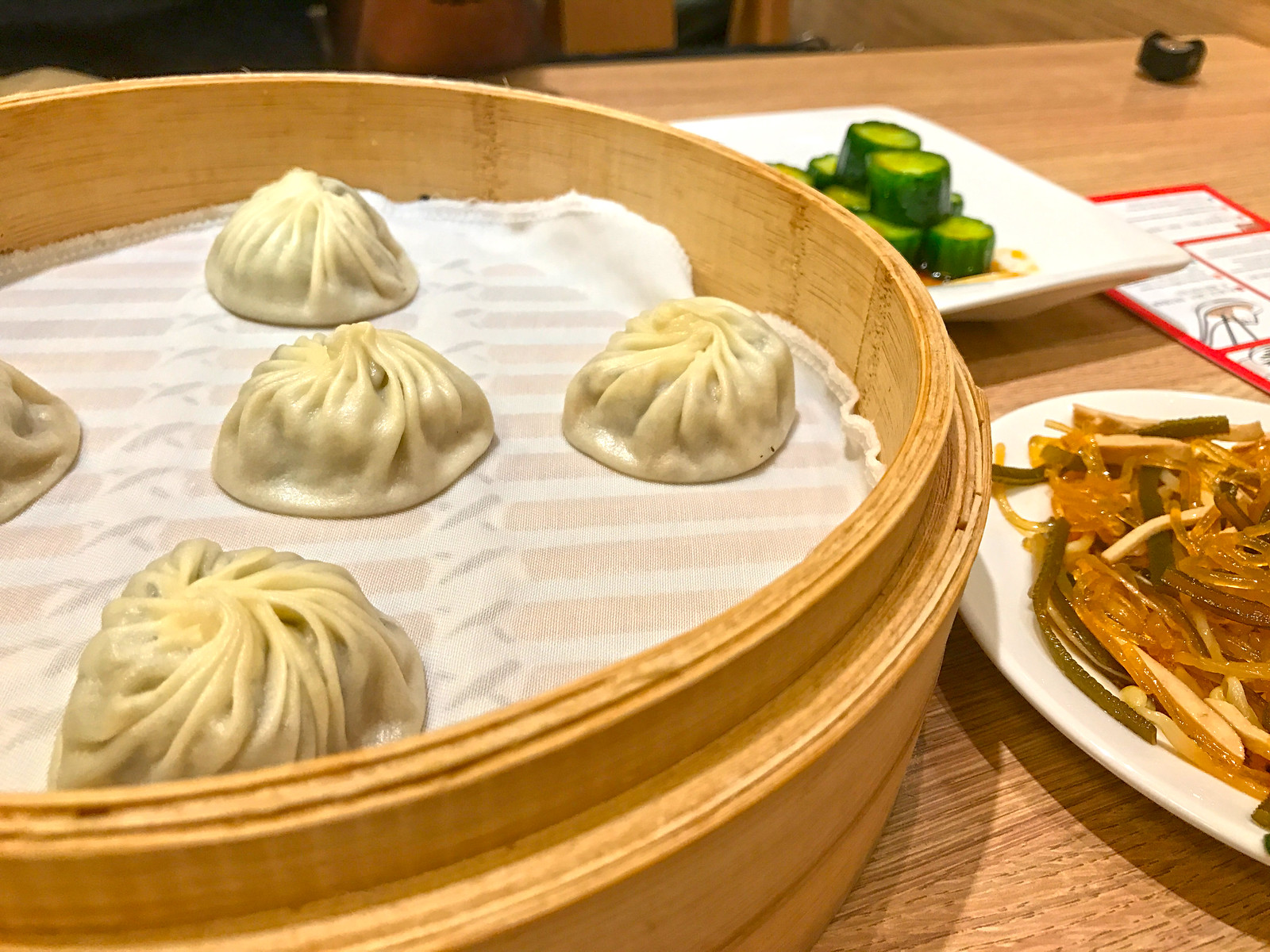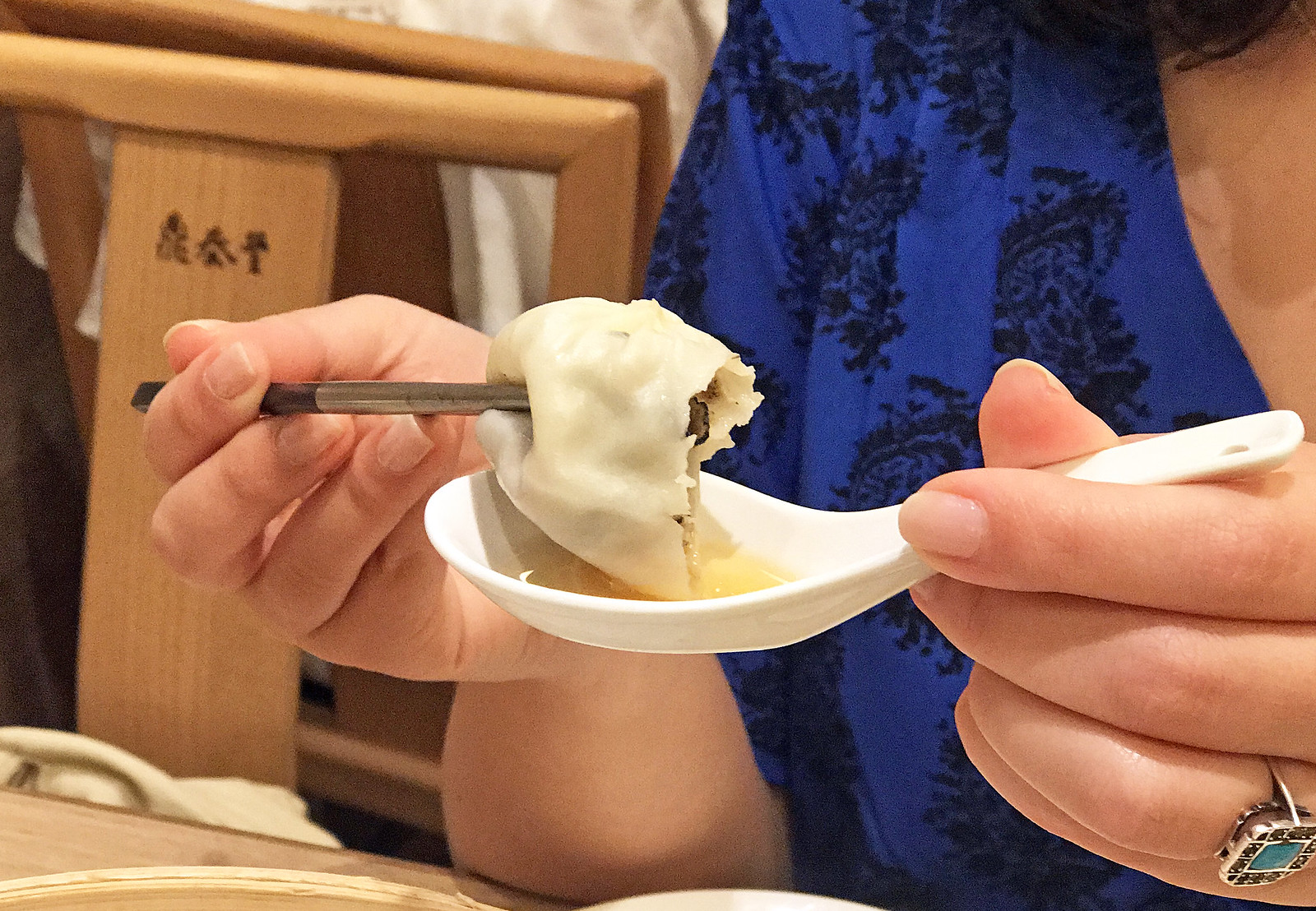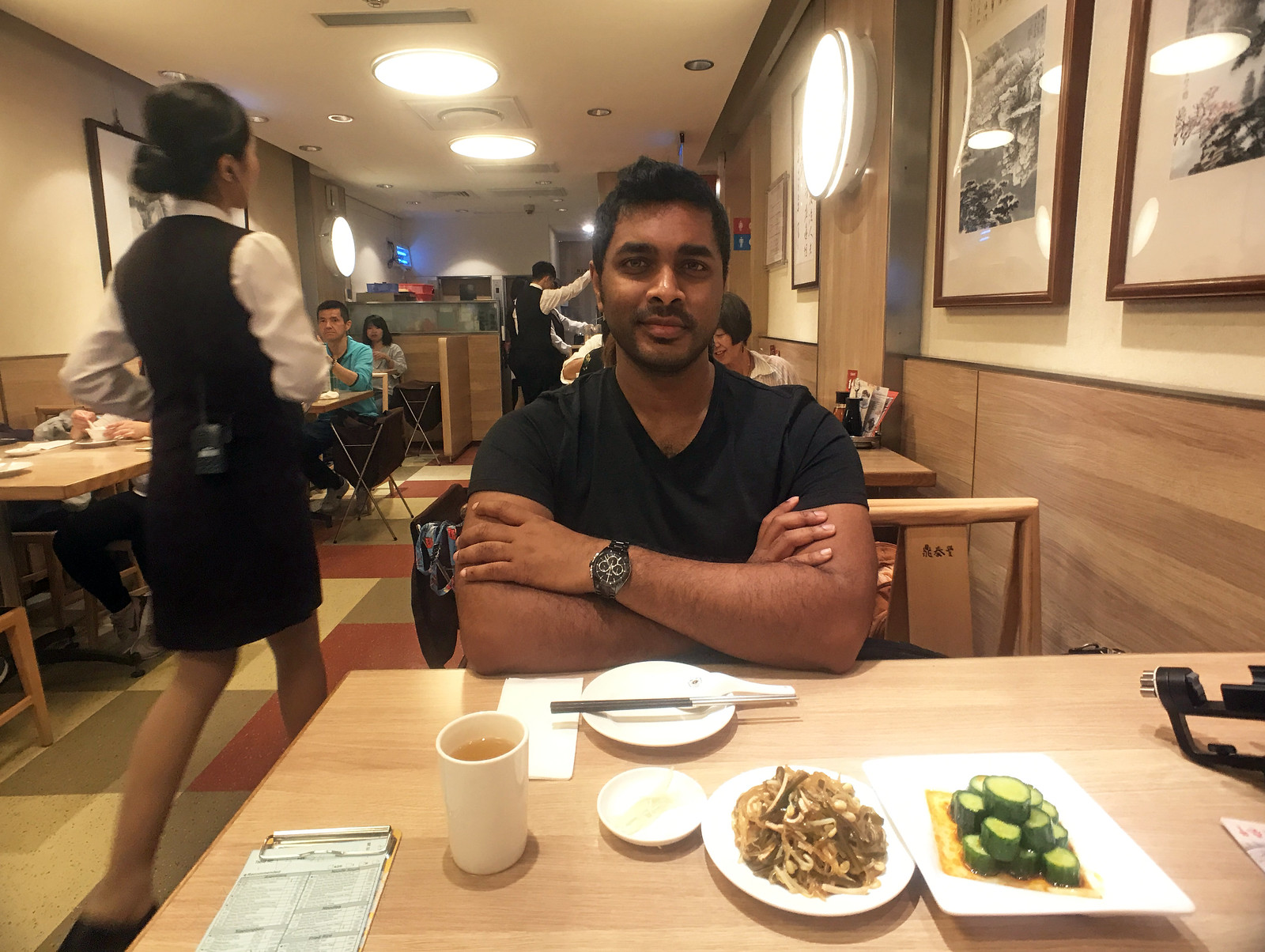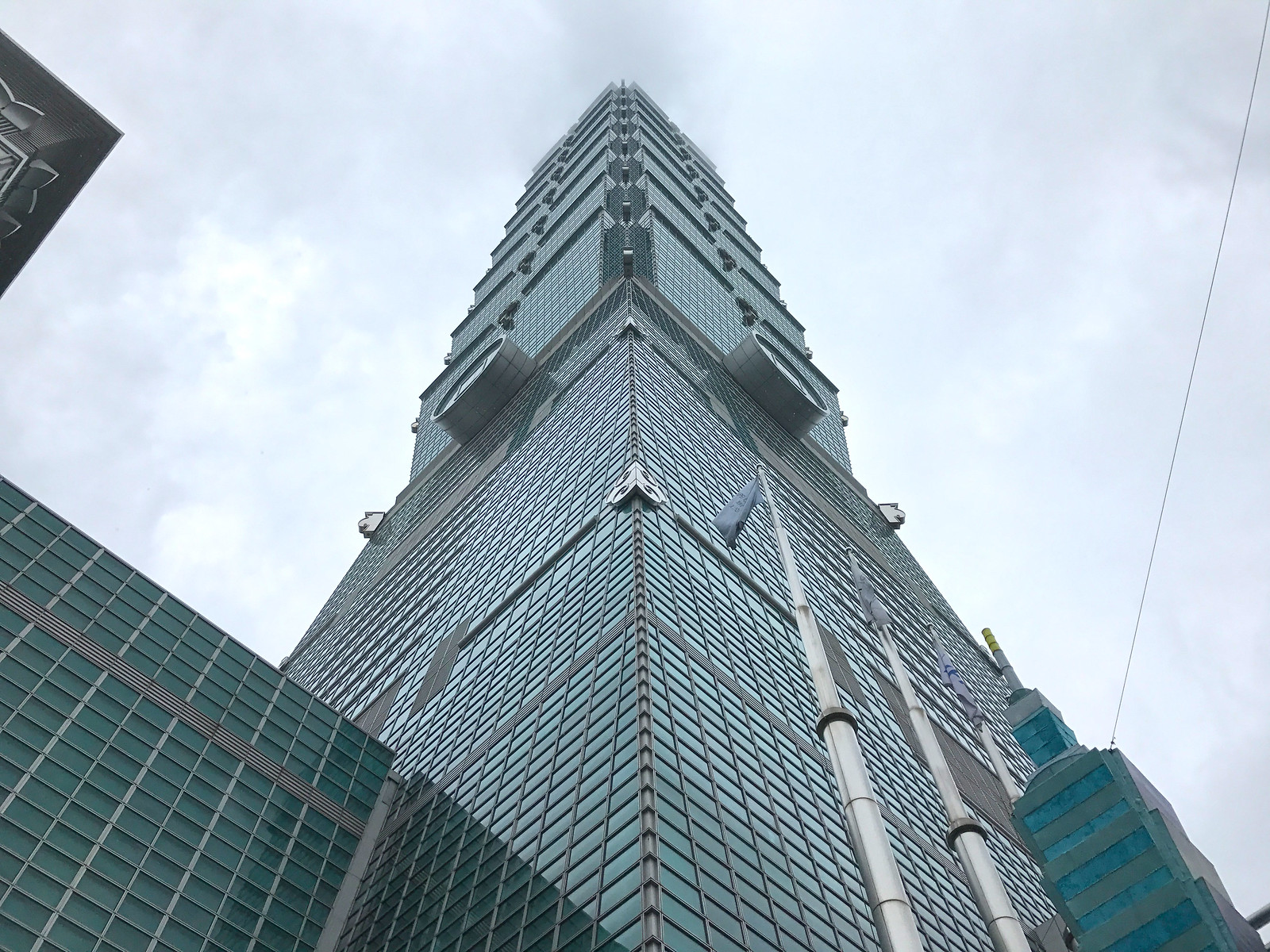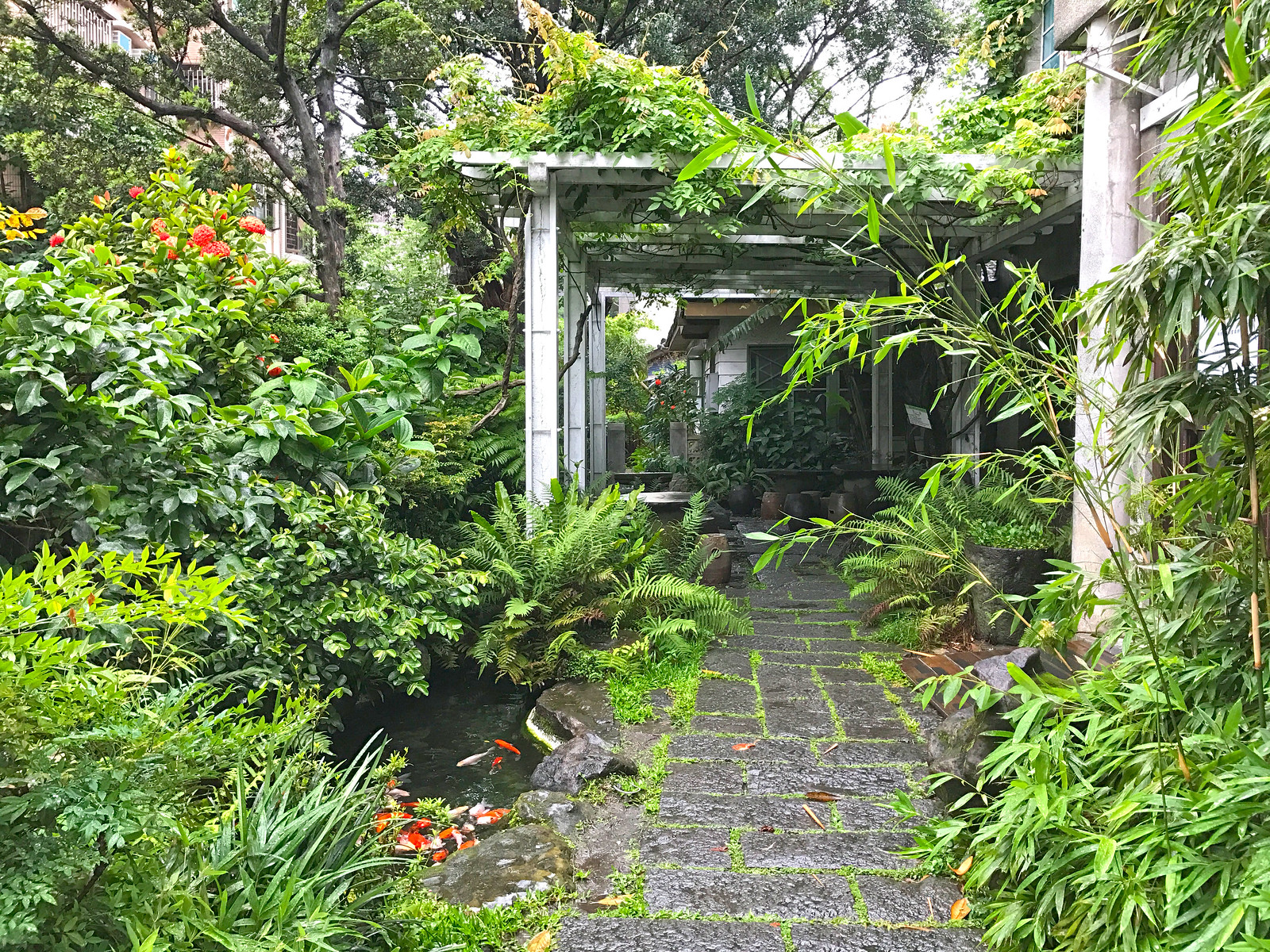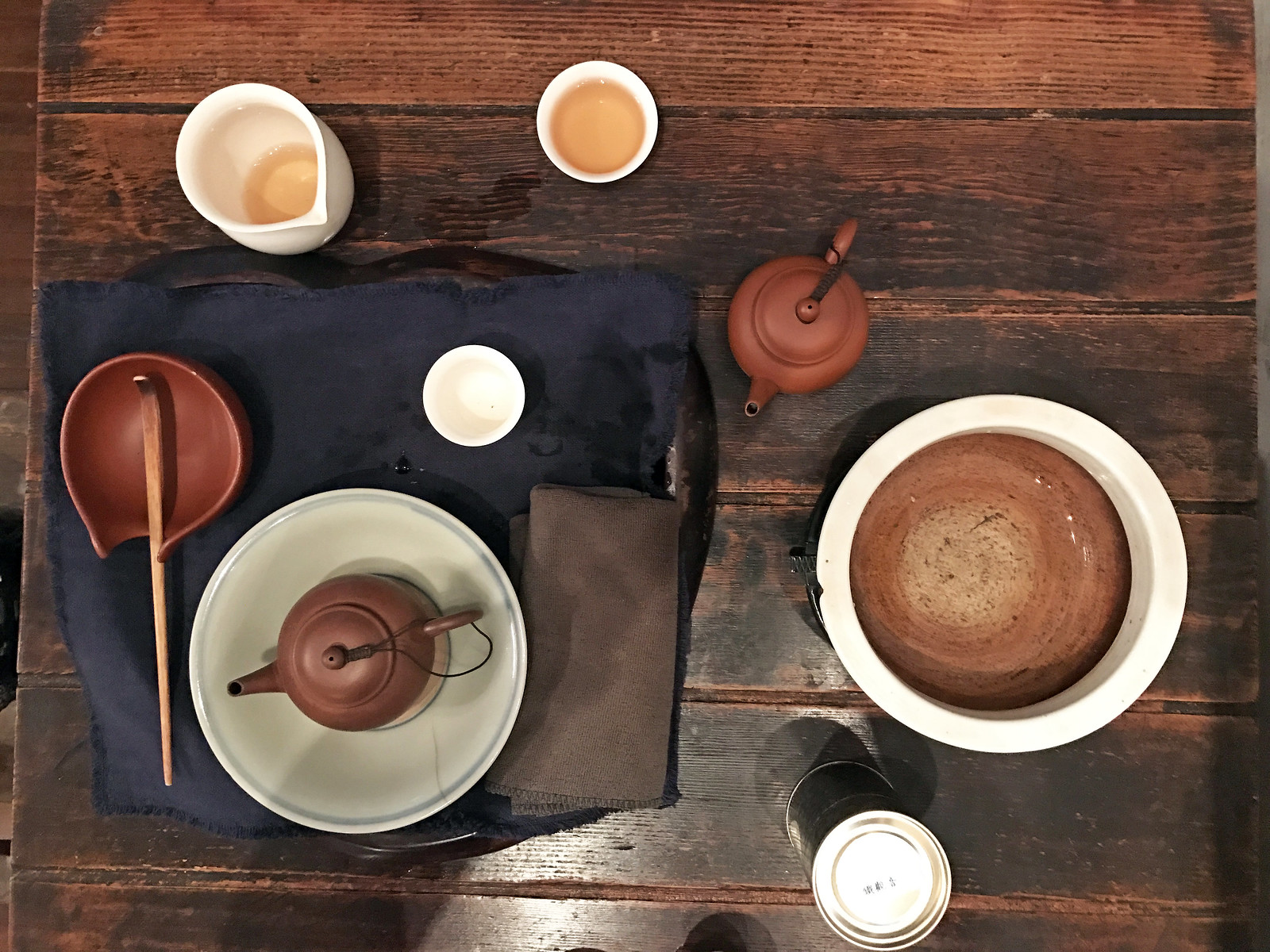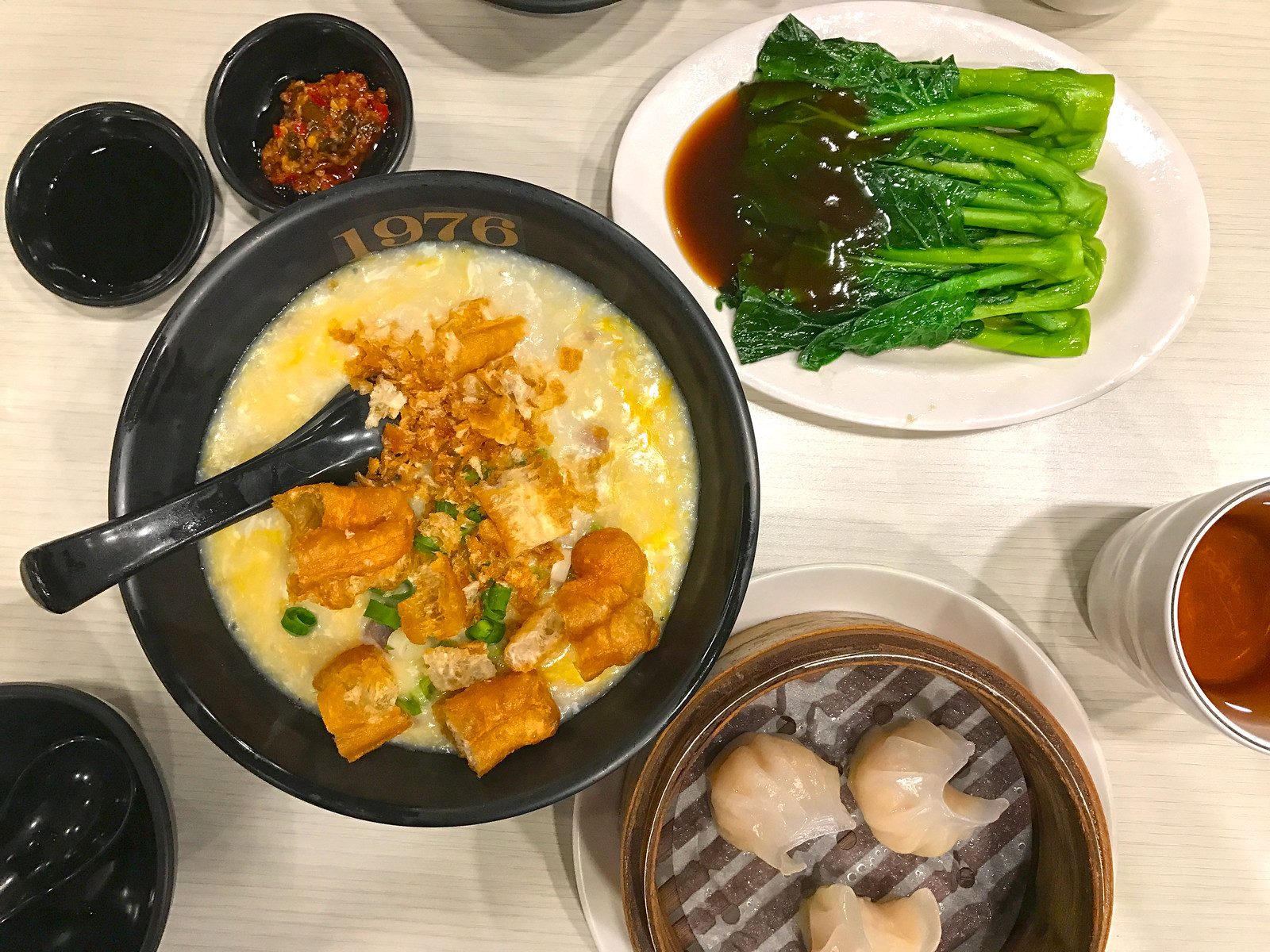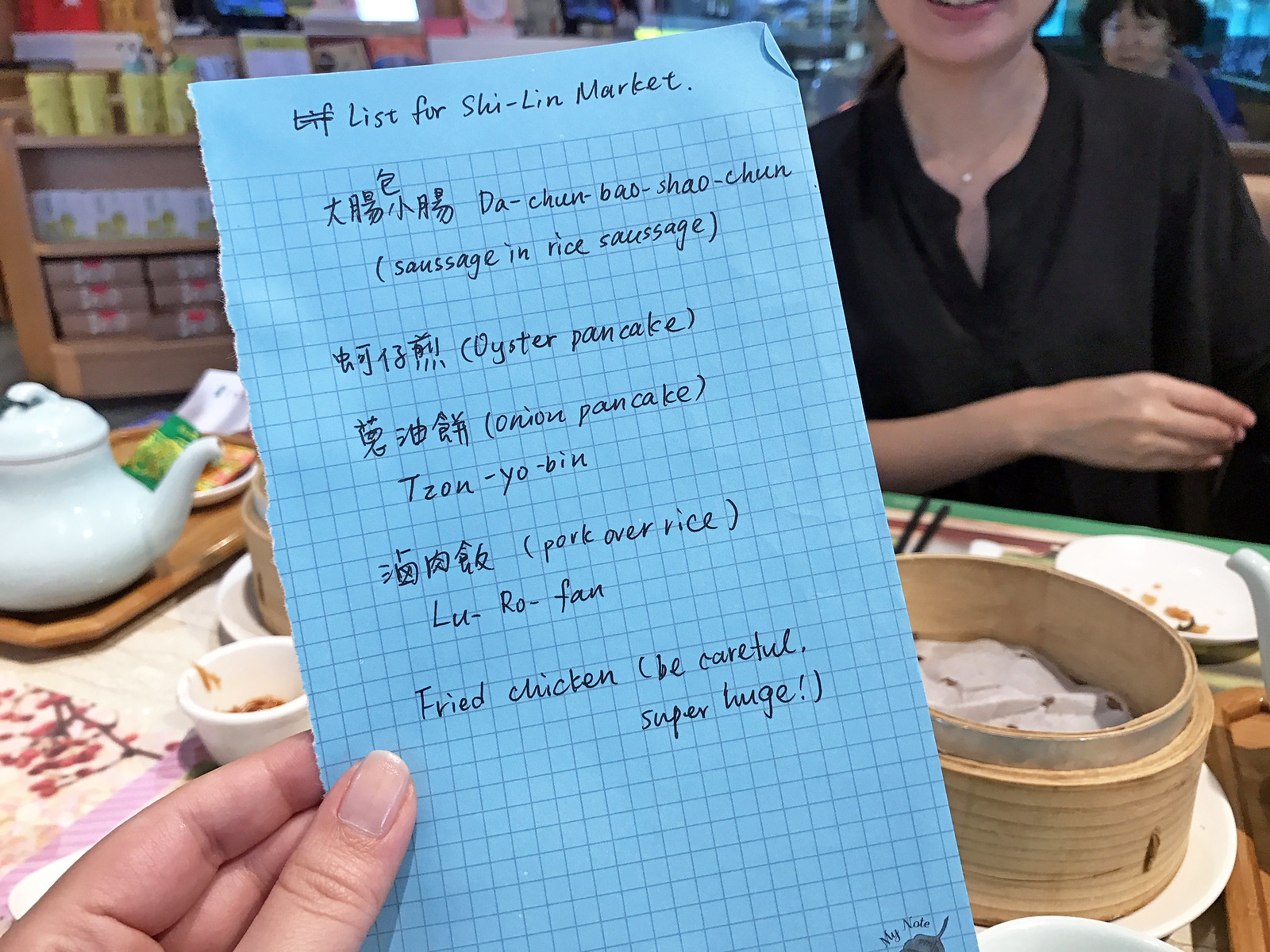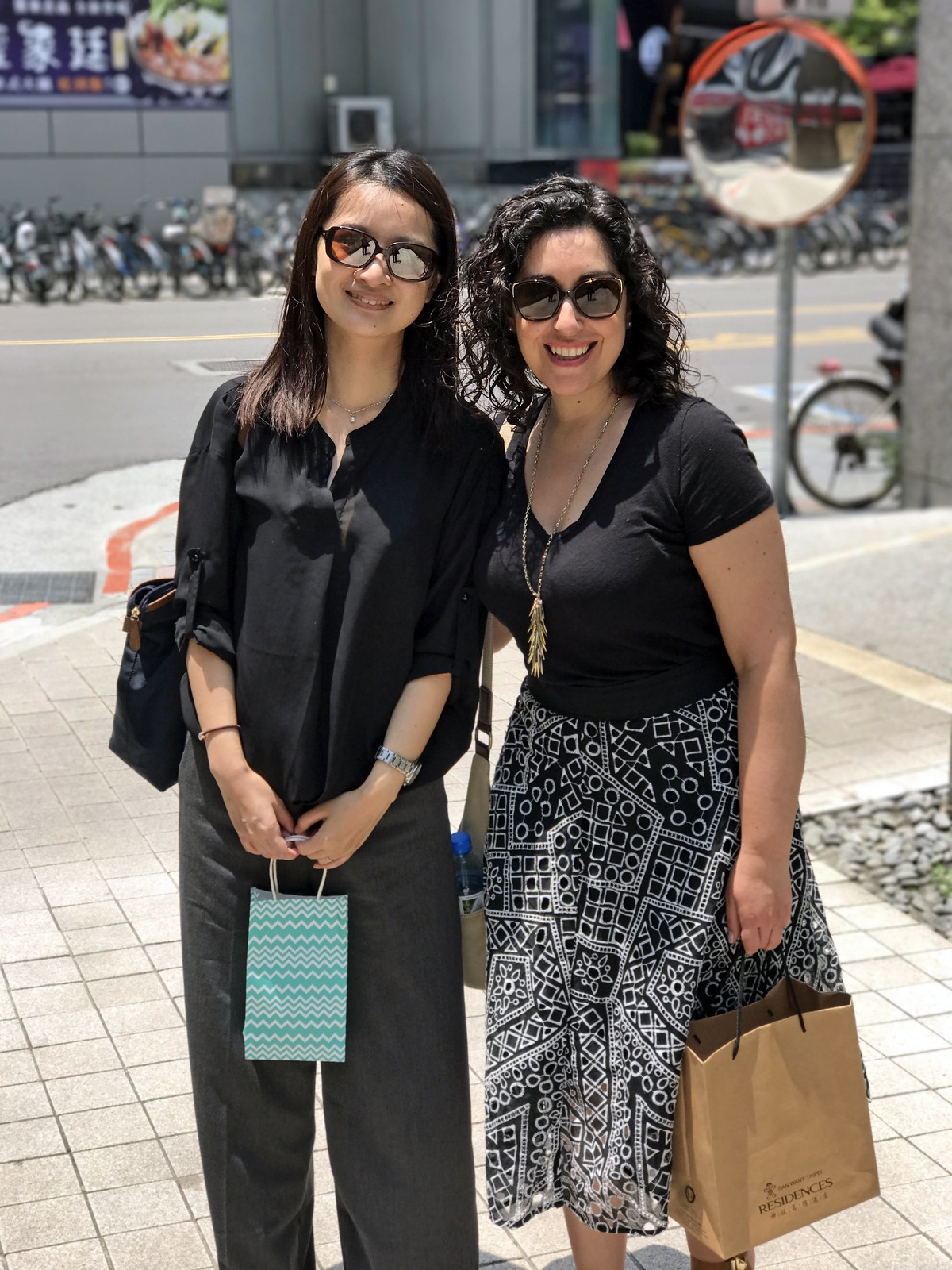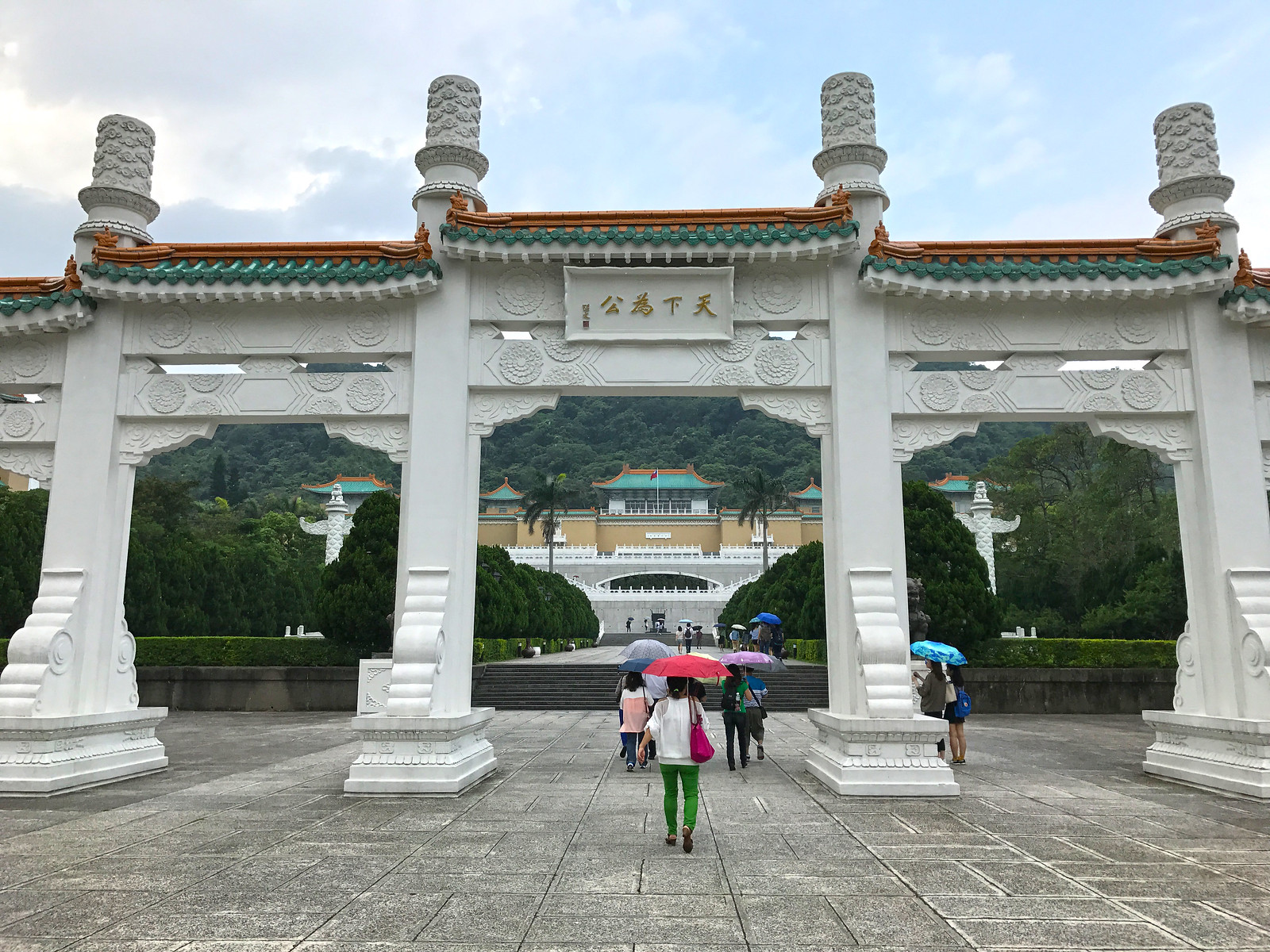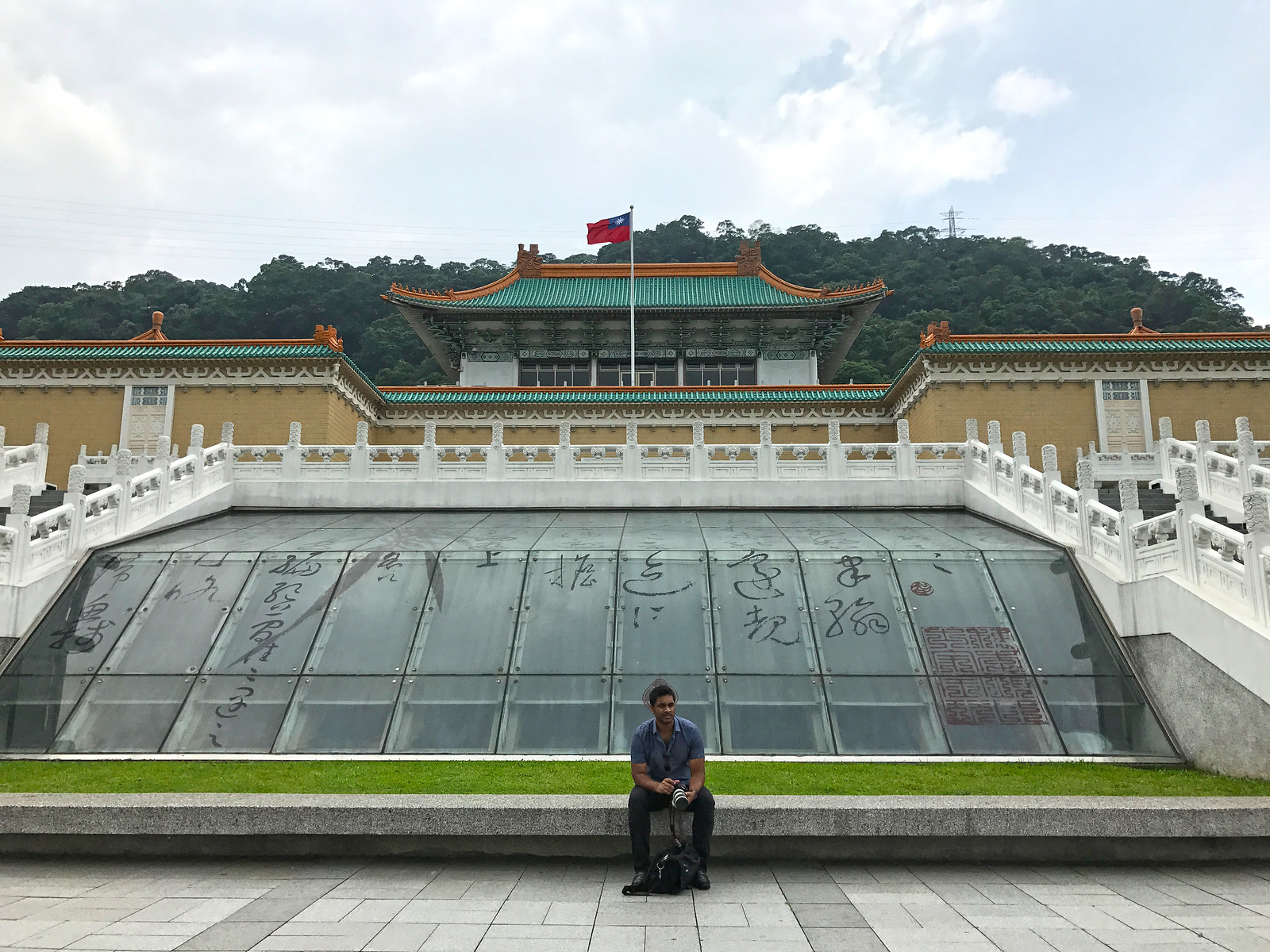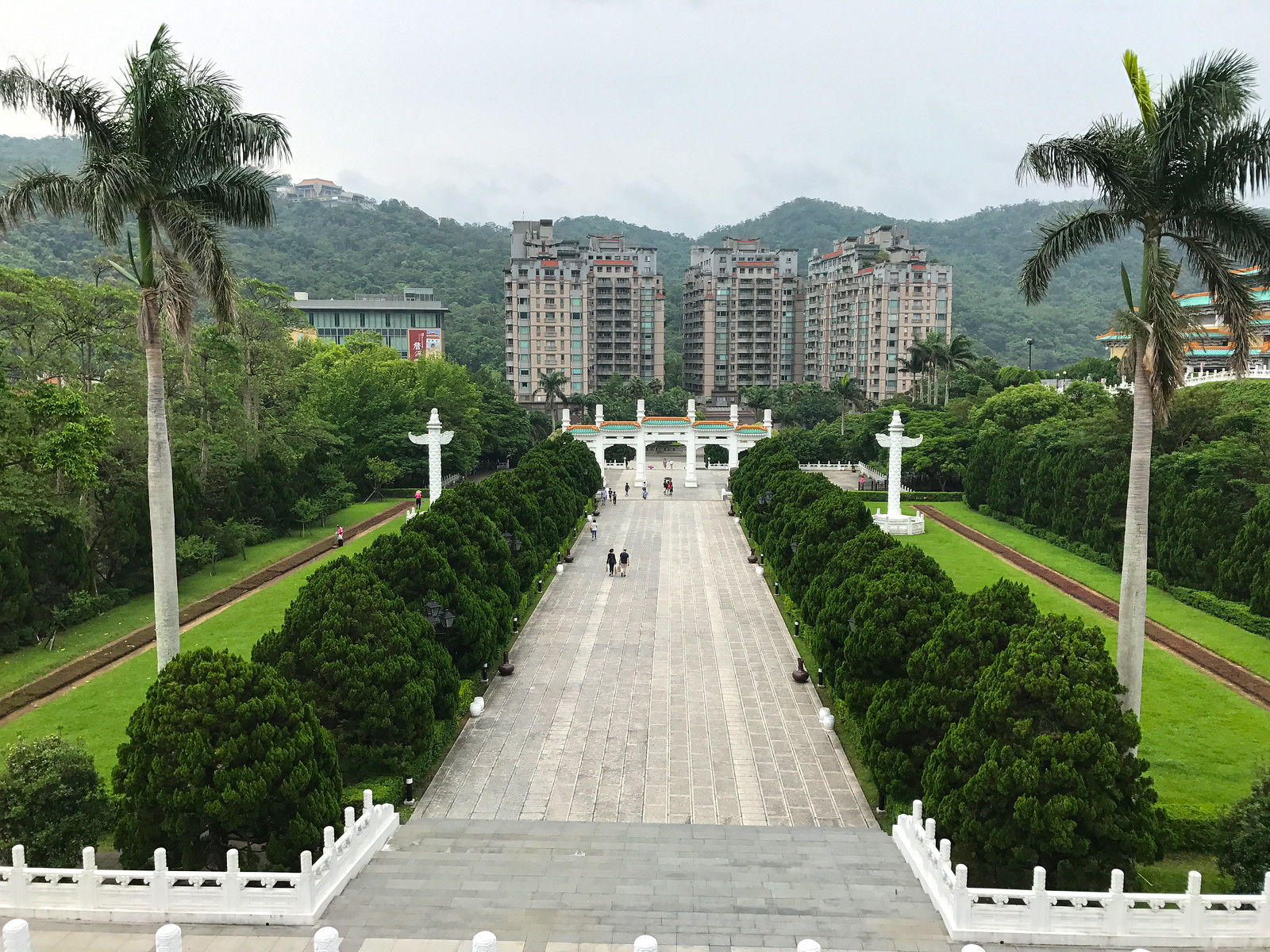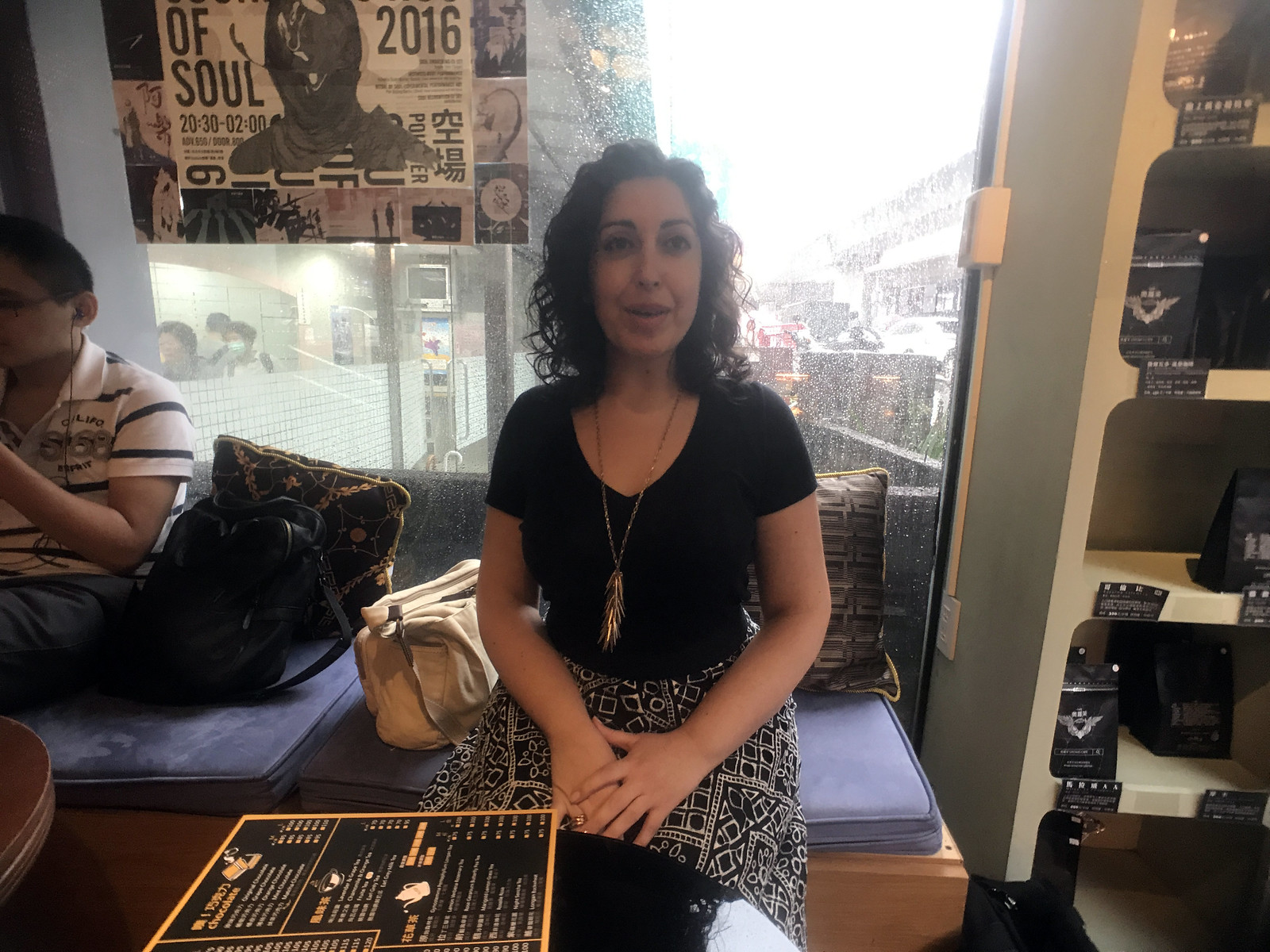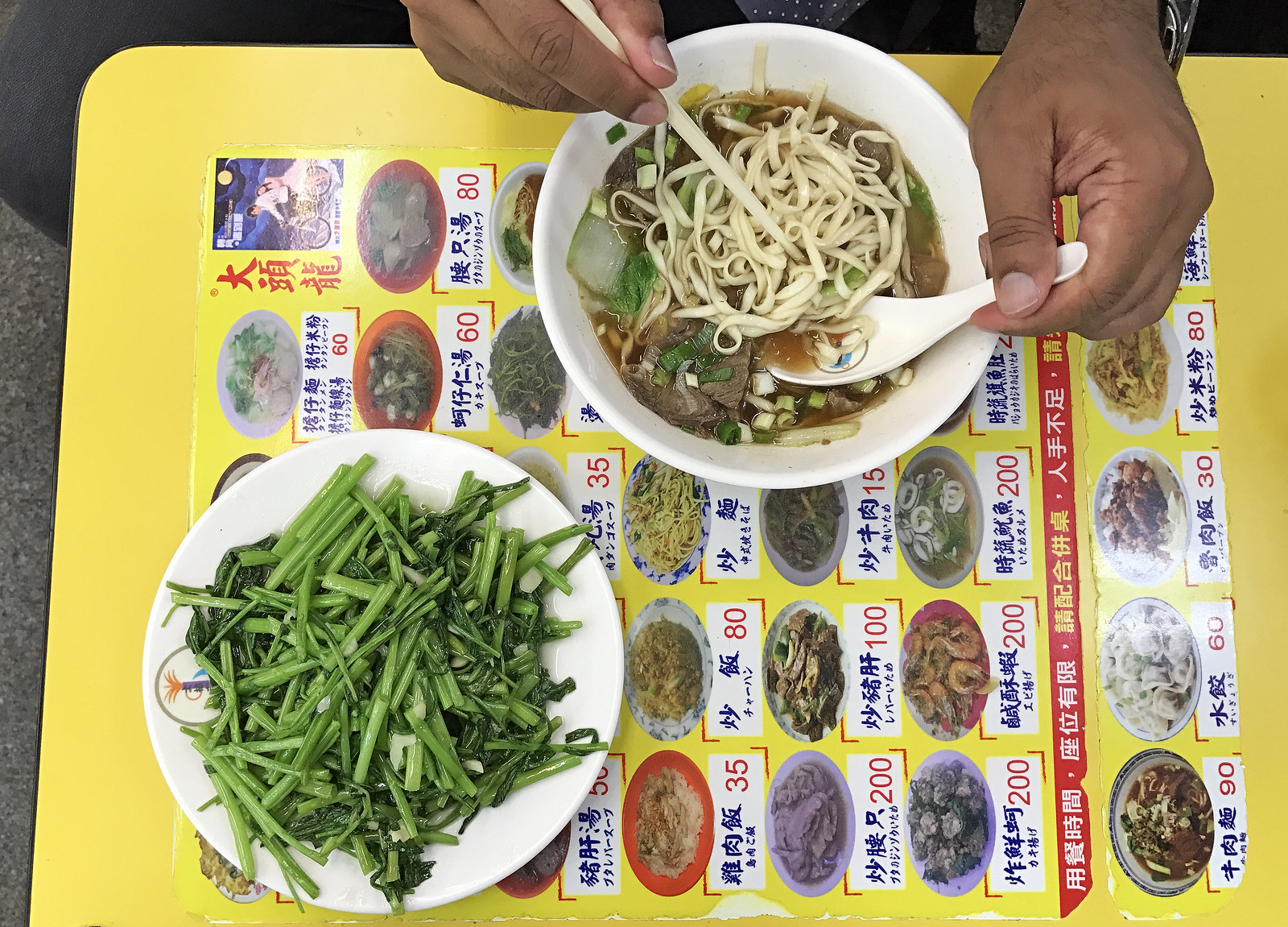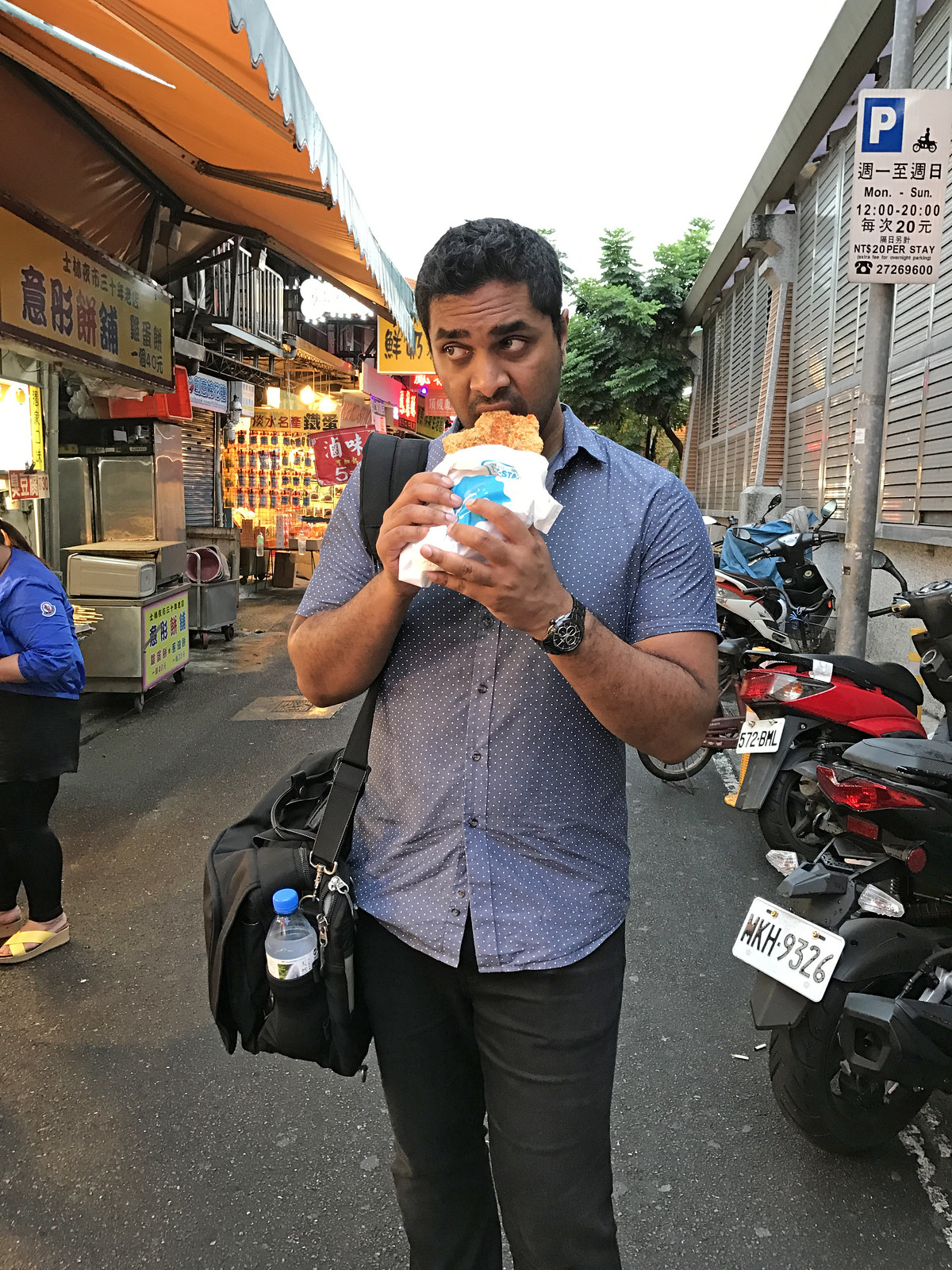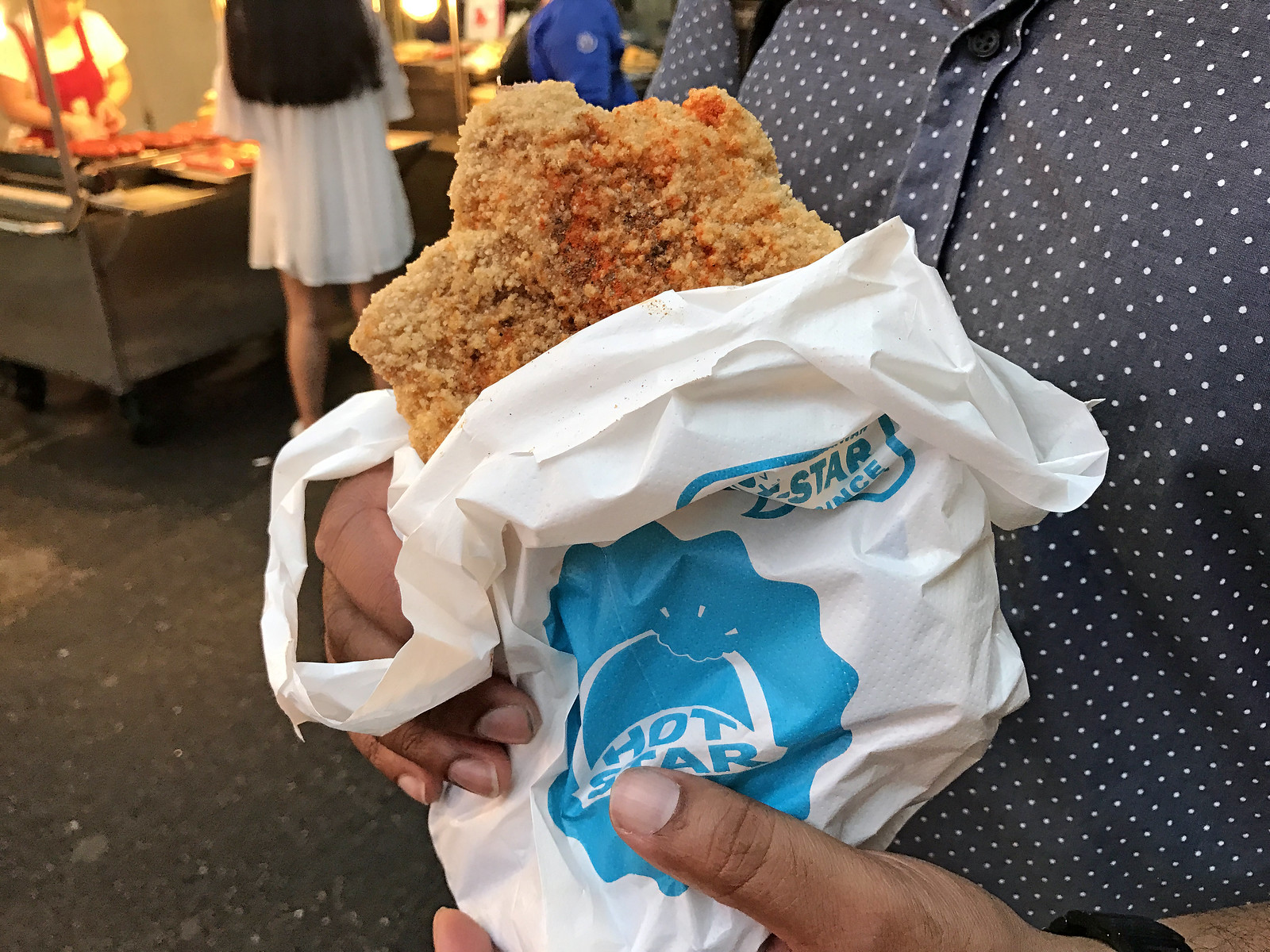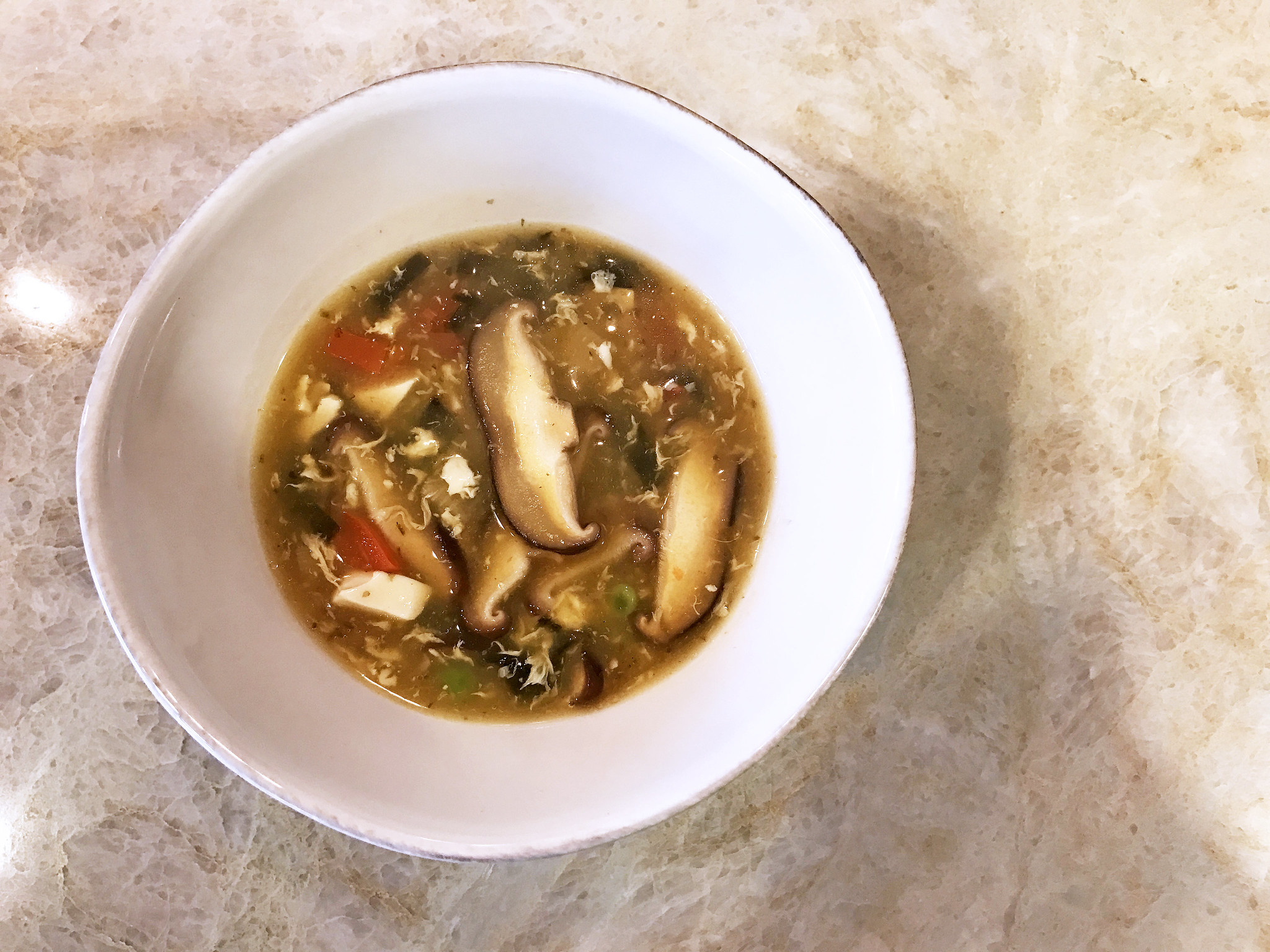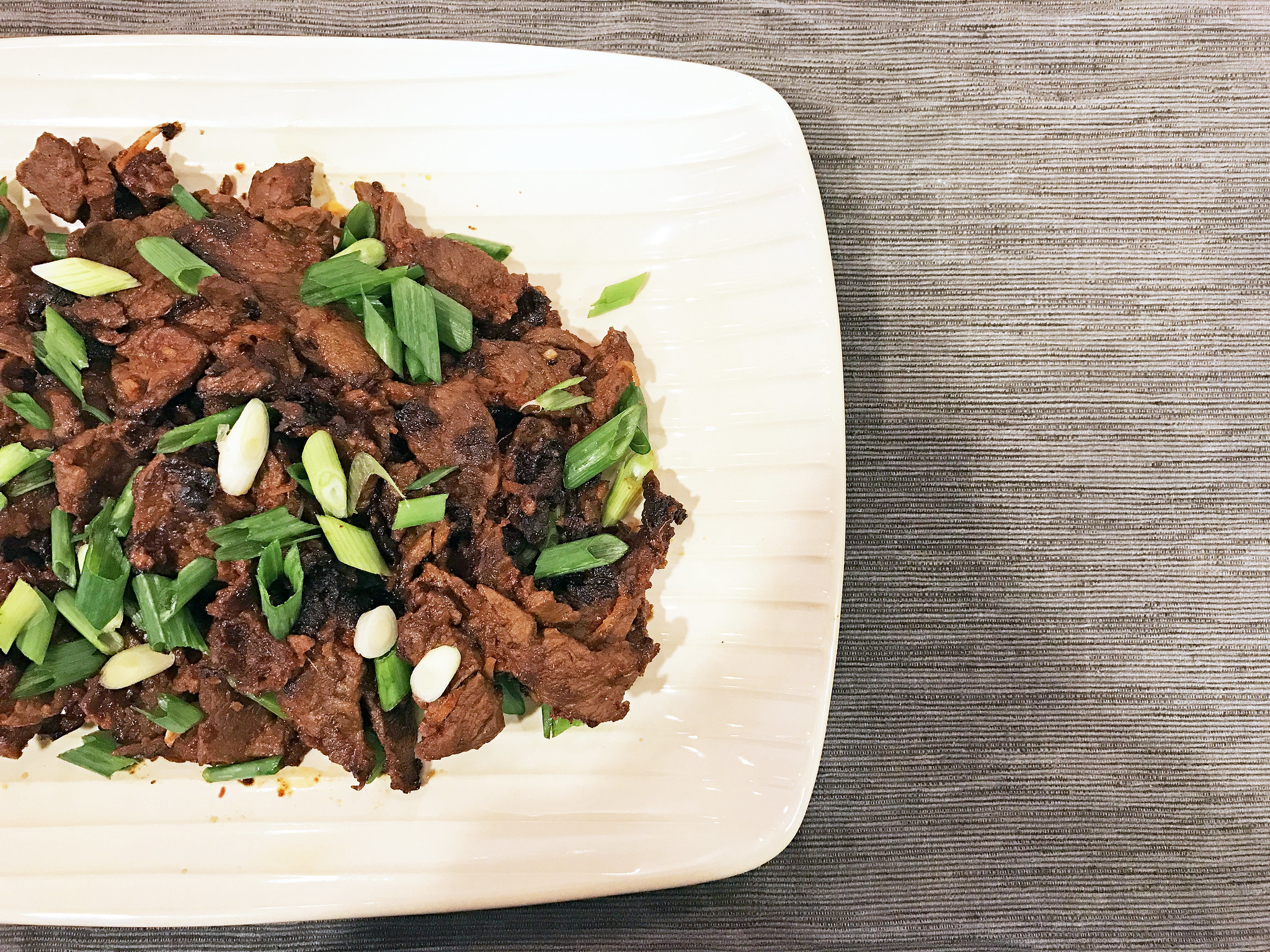The thing about Taiwan is that for such a small country, there is really so much to see. With only one week, it was hard to decide what day trips to take out of Taipei. My favorite was our trip to Shifen and Jiufen, famous for the lantern ceremony and for inspiring Miyazaki’s Spirited Away, respectively. To say it’s otherwordly does not do it justice.
We took a train about an hour outside of Taipei to Shifen, our first stop. Historically a mining town, today Shifen is famous for its lantern ceremonies and for its picturesque waterfall and trails. But first, we ate.
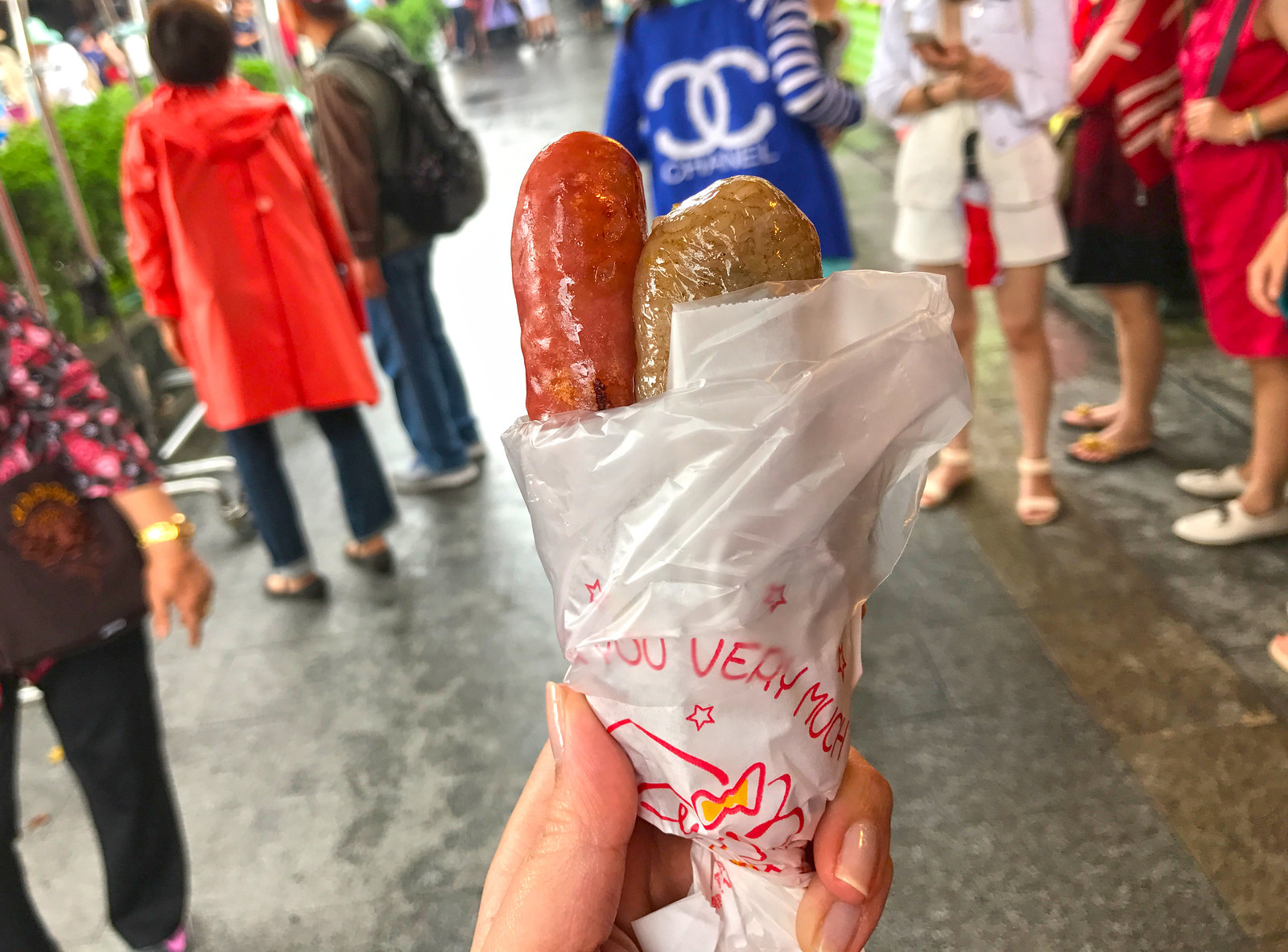

The small sausage in large sausage (which is a meat sausage wrapped inside a sticky rice “sausage”) was a dud, but the fried squid? These addictive, salty morsels kept us going all morning. Who says you can’t have deep-fried seafood doused in tasty powder of dubious origins for breakfast?
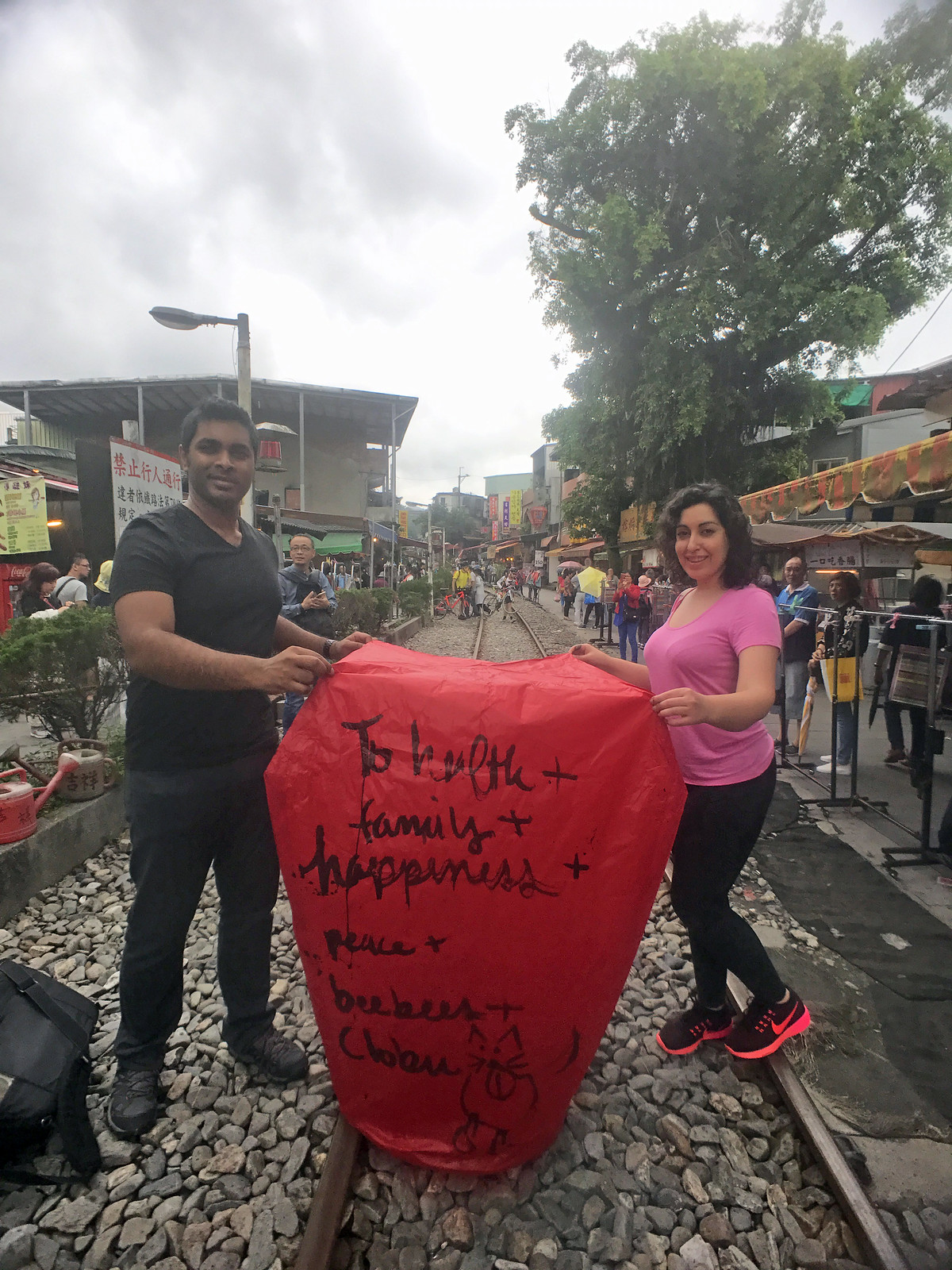

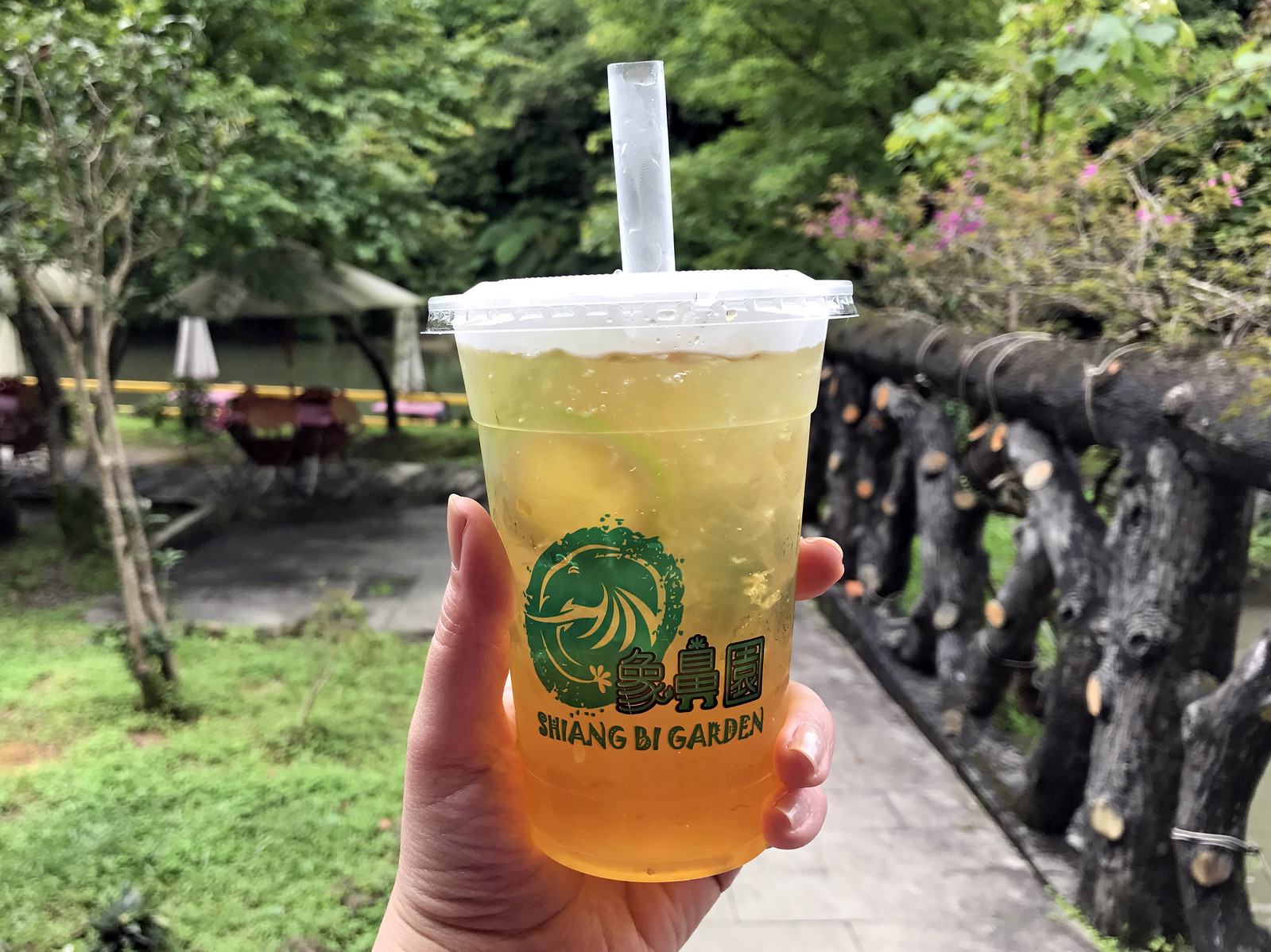

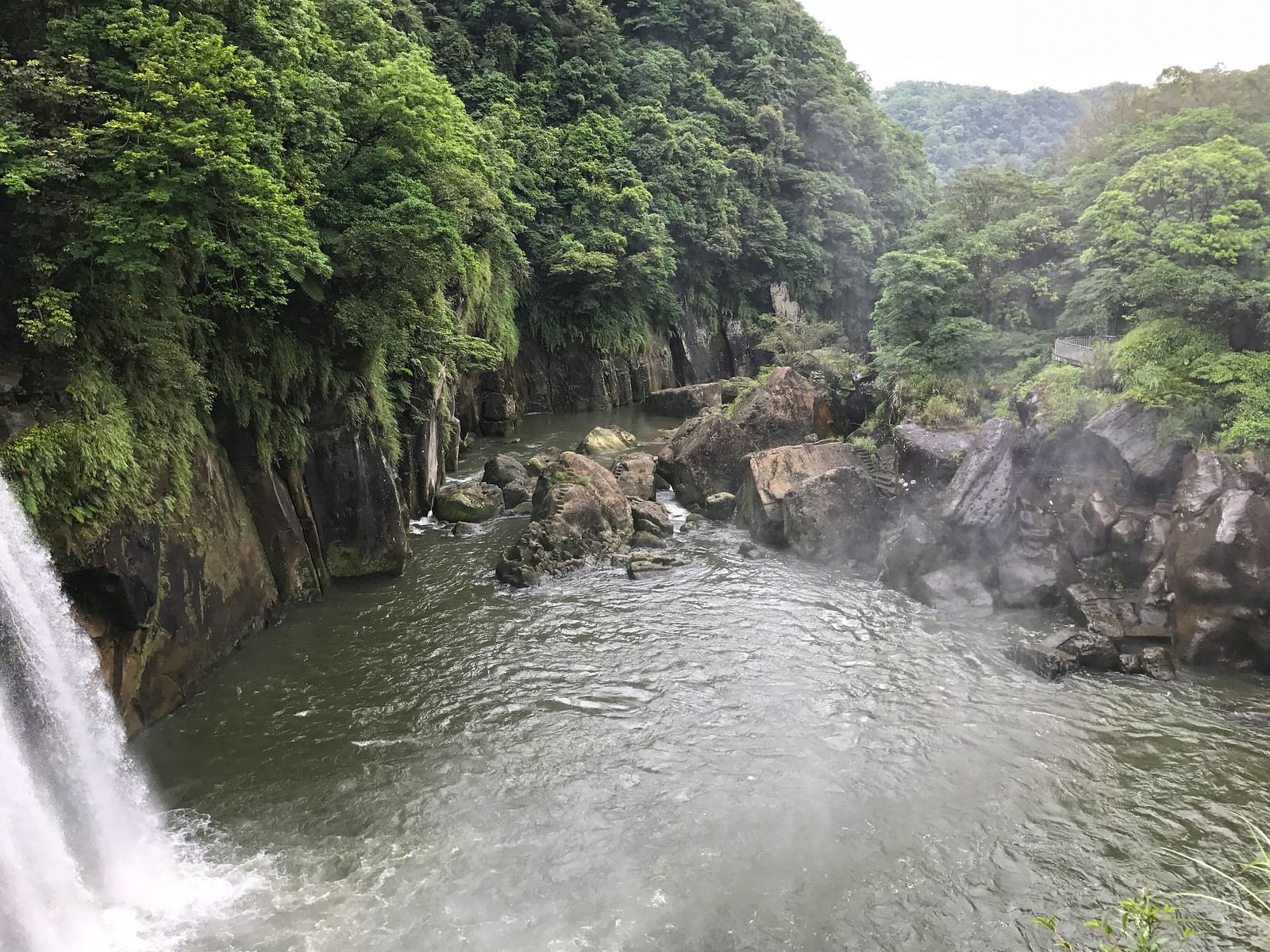
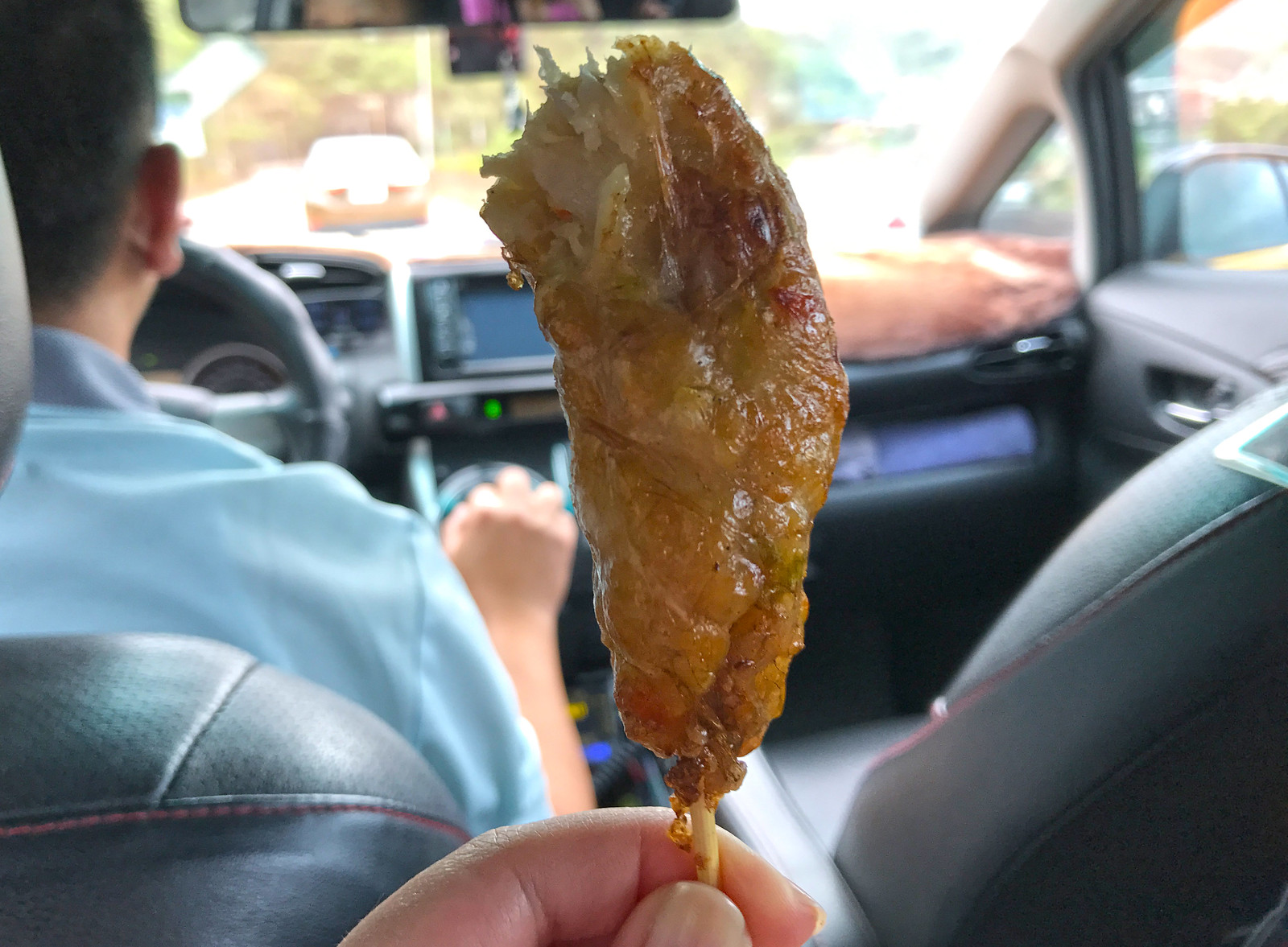
After sending our lantern into the sky, Nishan and I hiked past the Keelung River and to Shifen Waterfall. Sweet and sour lemon aiyu jelly quenched our thirst in the super humid heat. (If you know me, you know how much I love jelly and other QQ-esque things in my drinks.)
We eventually made our way back to town and caught a taxi to take us to Jiufen. Our driver was quite possibly the kindest driver in Taiwan (remember what I said about Taiwan being the friendliest country on earth?). He stopped in a small town along the way to pick us up a piping hot snack for the road and refused payment for it. He shared with us that this savory snack is a specialty of his hometown, and I wish I knew what they were called. It was sort of like a fried egg-and-cabbage batter on a stick and really satisfying.
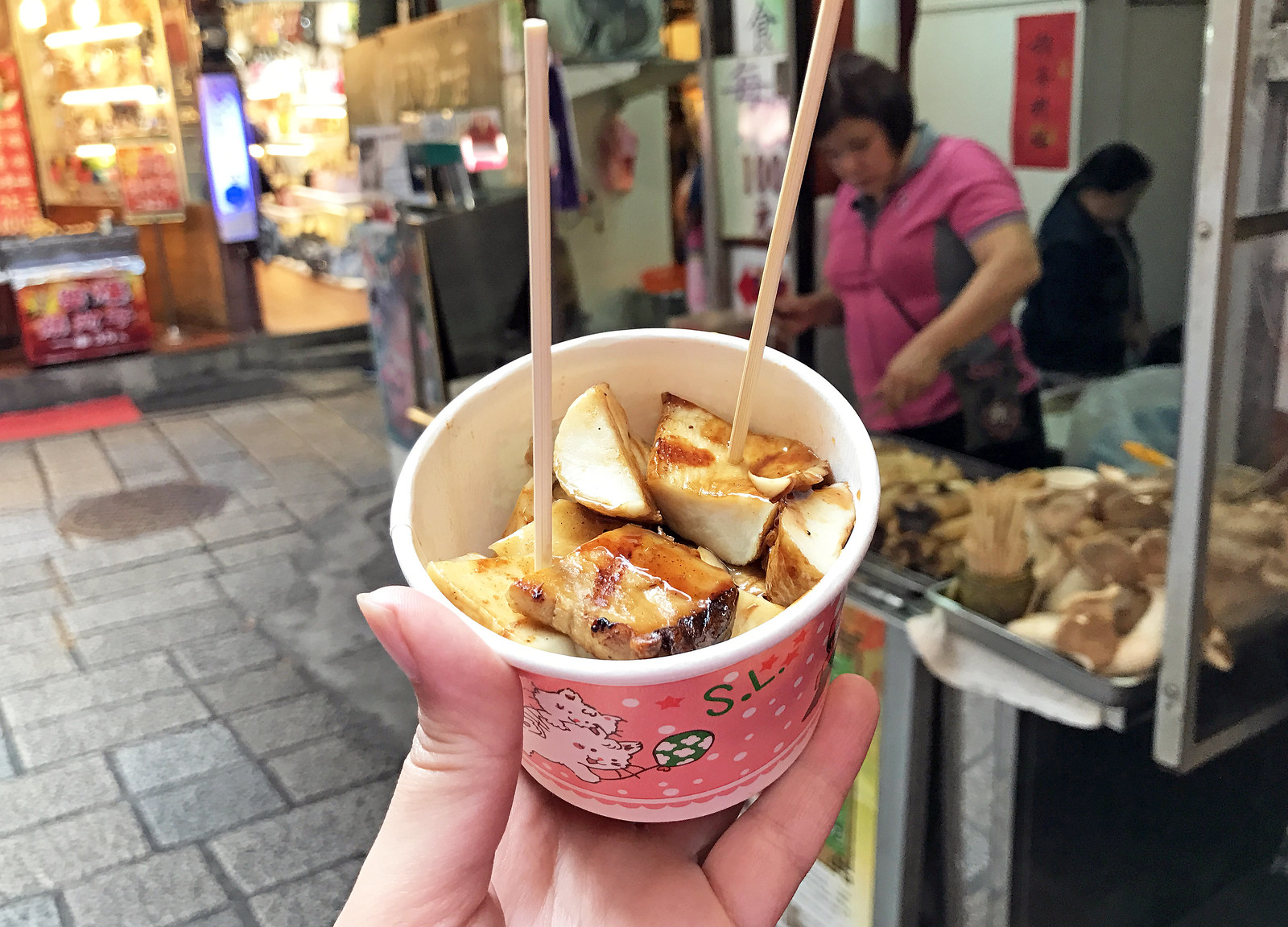

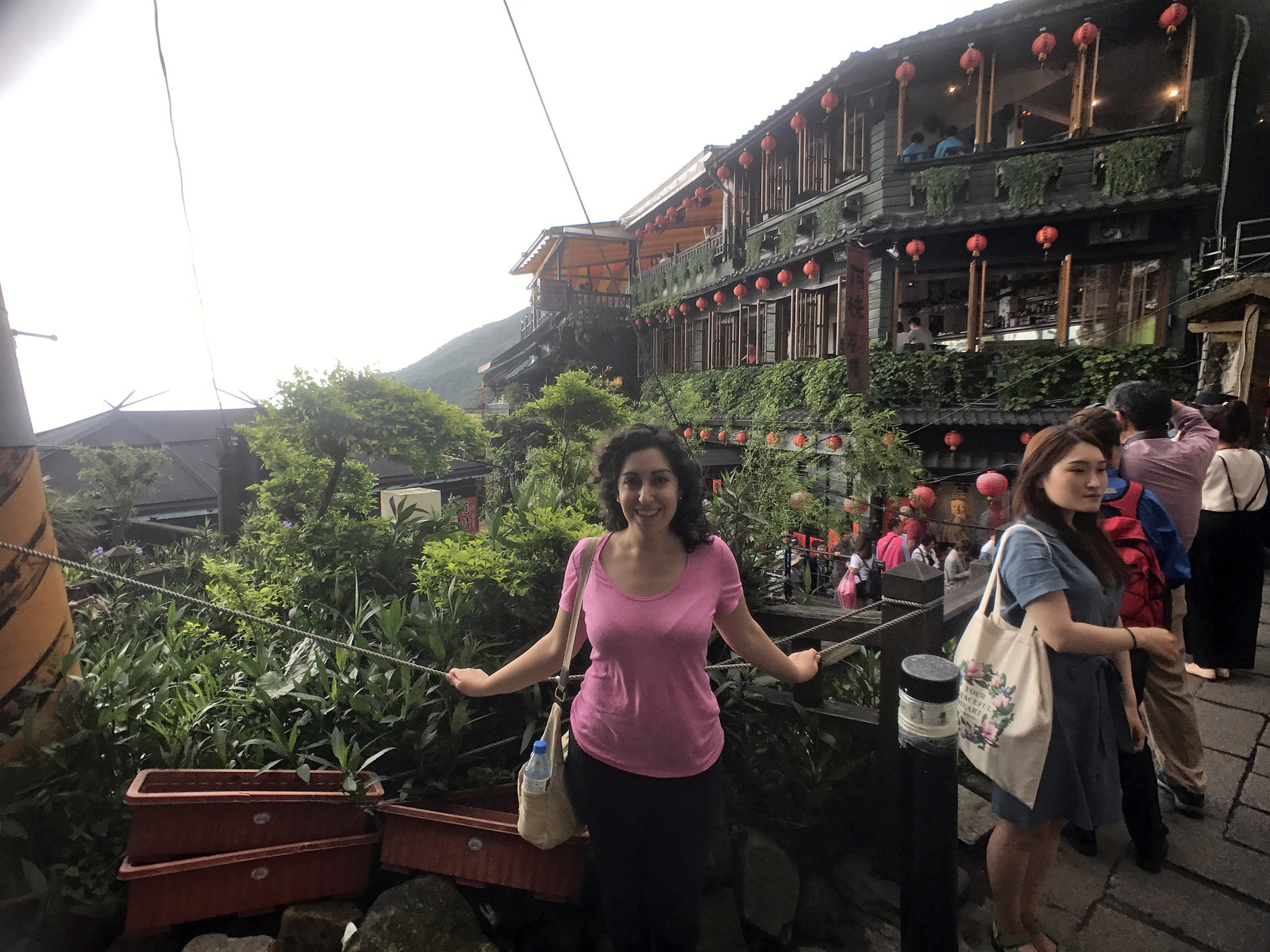
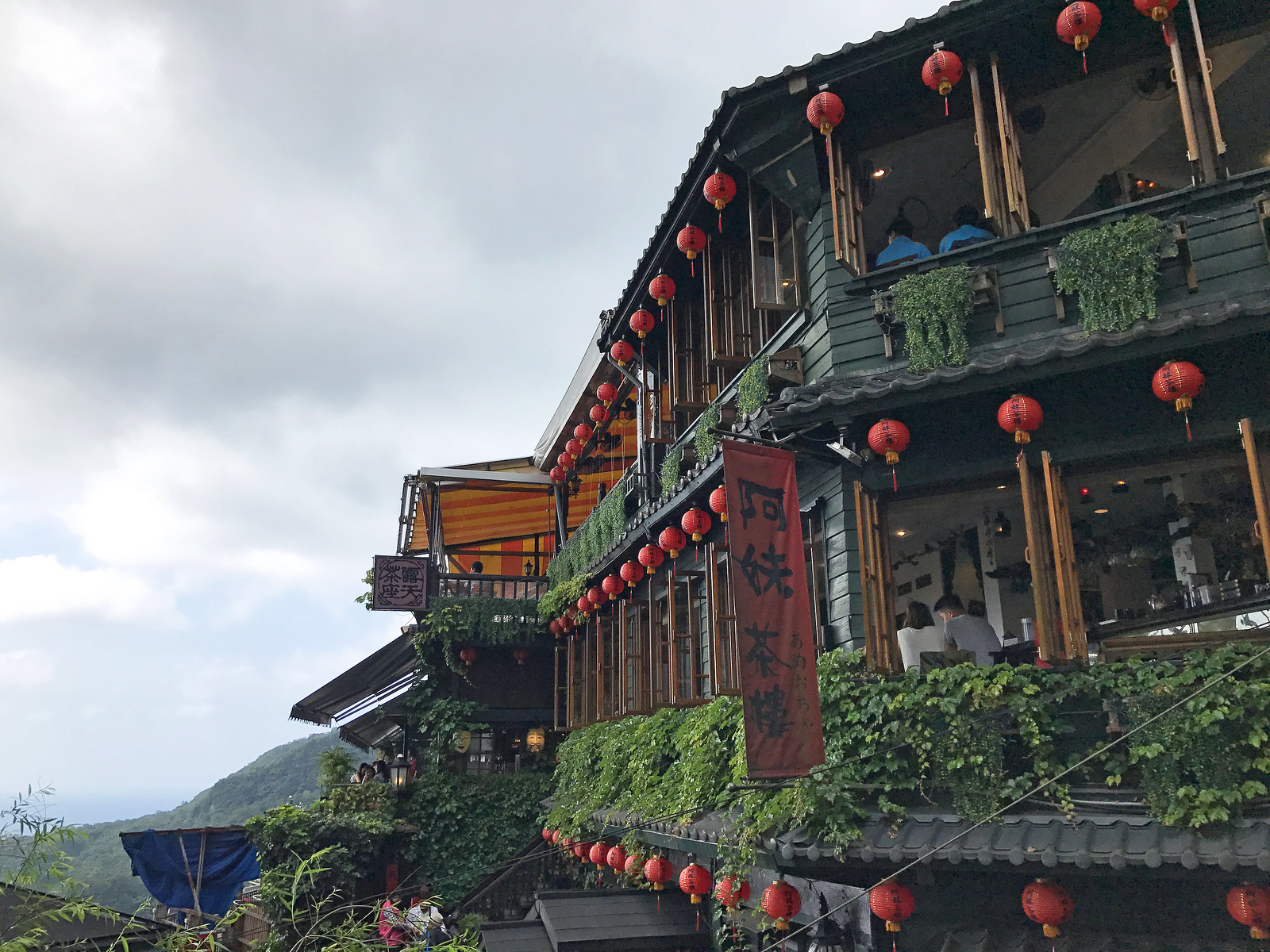
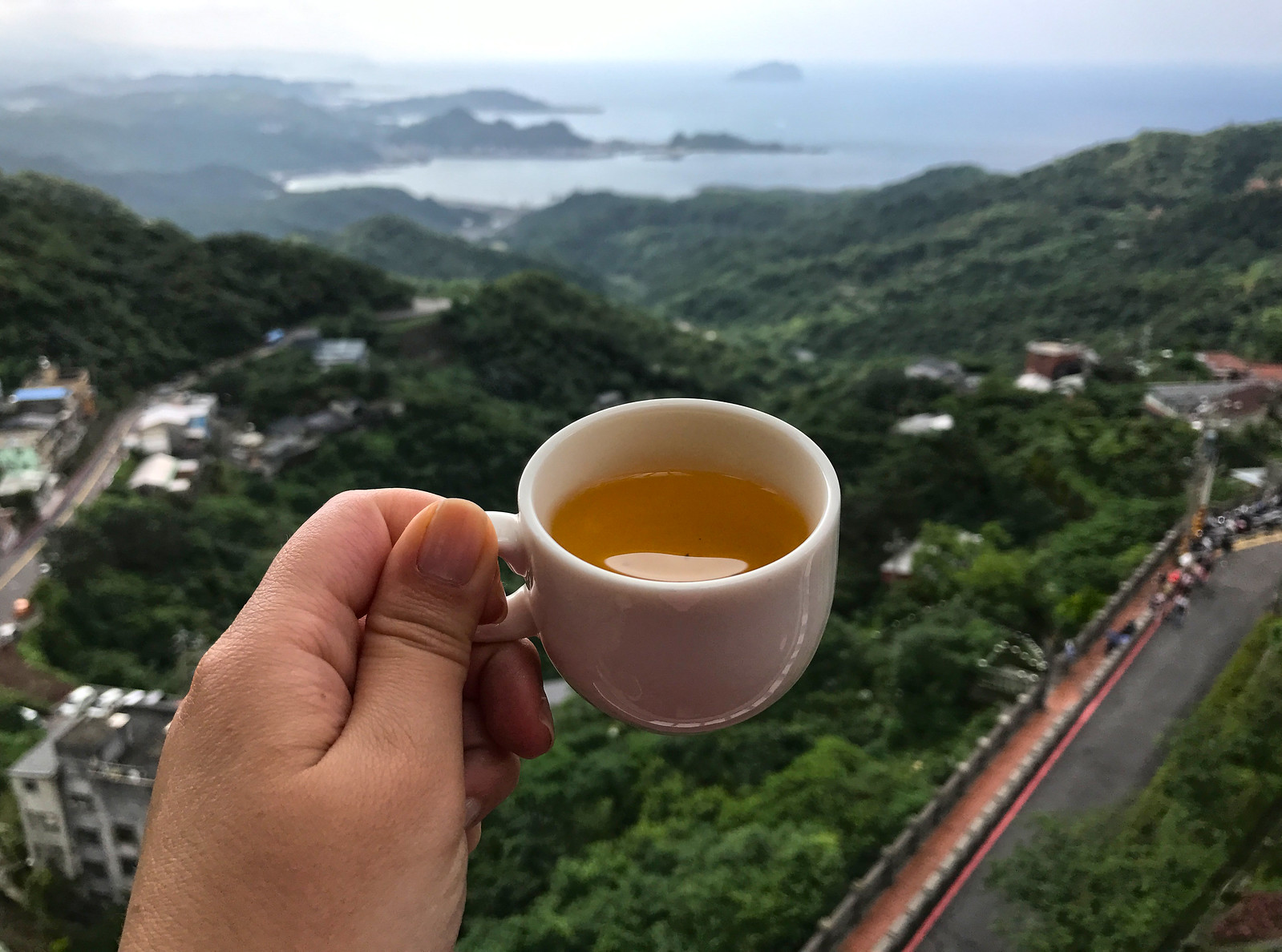
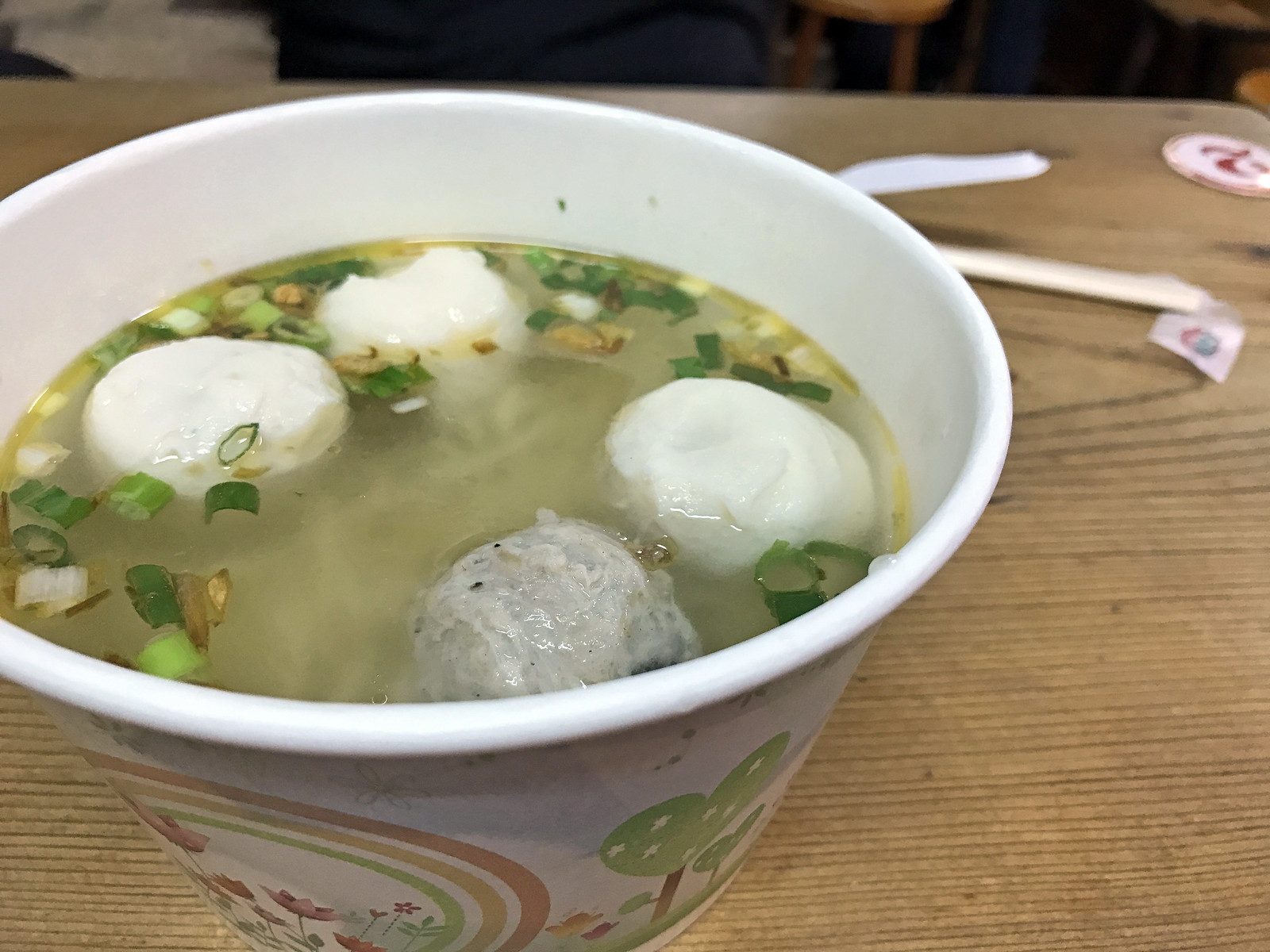
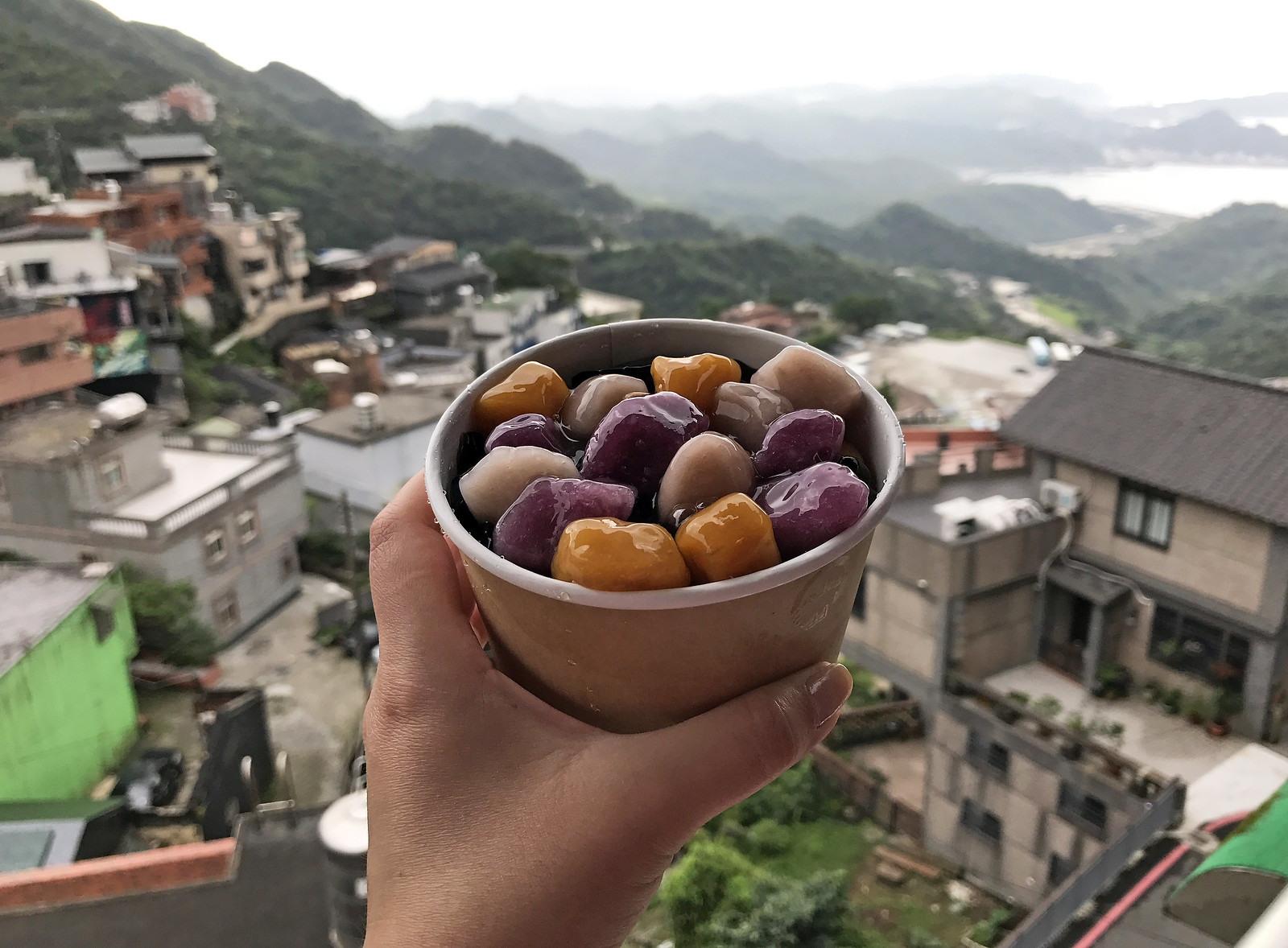
Jiufen is a sight to behold. Nestled in the mountains, it’s easy to see how Miyazaki was inspired by this place. Even hordes of tourists couldn’t dampen the beauty and serenity of Jiufen’s alleyways and cobblestone streets. We snacked on spicy grilled mushrooms and fishball noodle soup as we made our way through town, stopping at the picturesque A Mei Tea House but stopping at a smaller, less crowded teahouse to enjoy a cup of oolong. But the real highlight for me was another Jiufen specialty: sweet taro balls. Served over shaved ice, this is a cacophony of QQ. For the initiated, QQ is a phrase in Taiwan that means “toothsome,” or “chewy.” Think boba in milk tea.
As afternoon turned to evening, Nishan and I headed back to Taipei for dinner at Shin Yeh. Shin Yeh serves banquet-style Taiwanese cuisine and there are a few in the city. We headed to the Zhongshan District location.
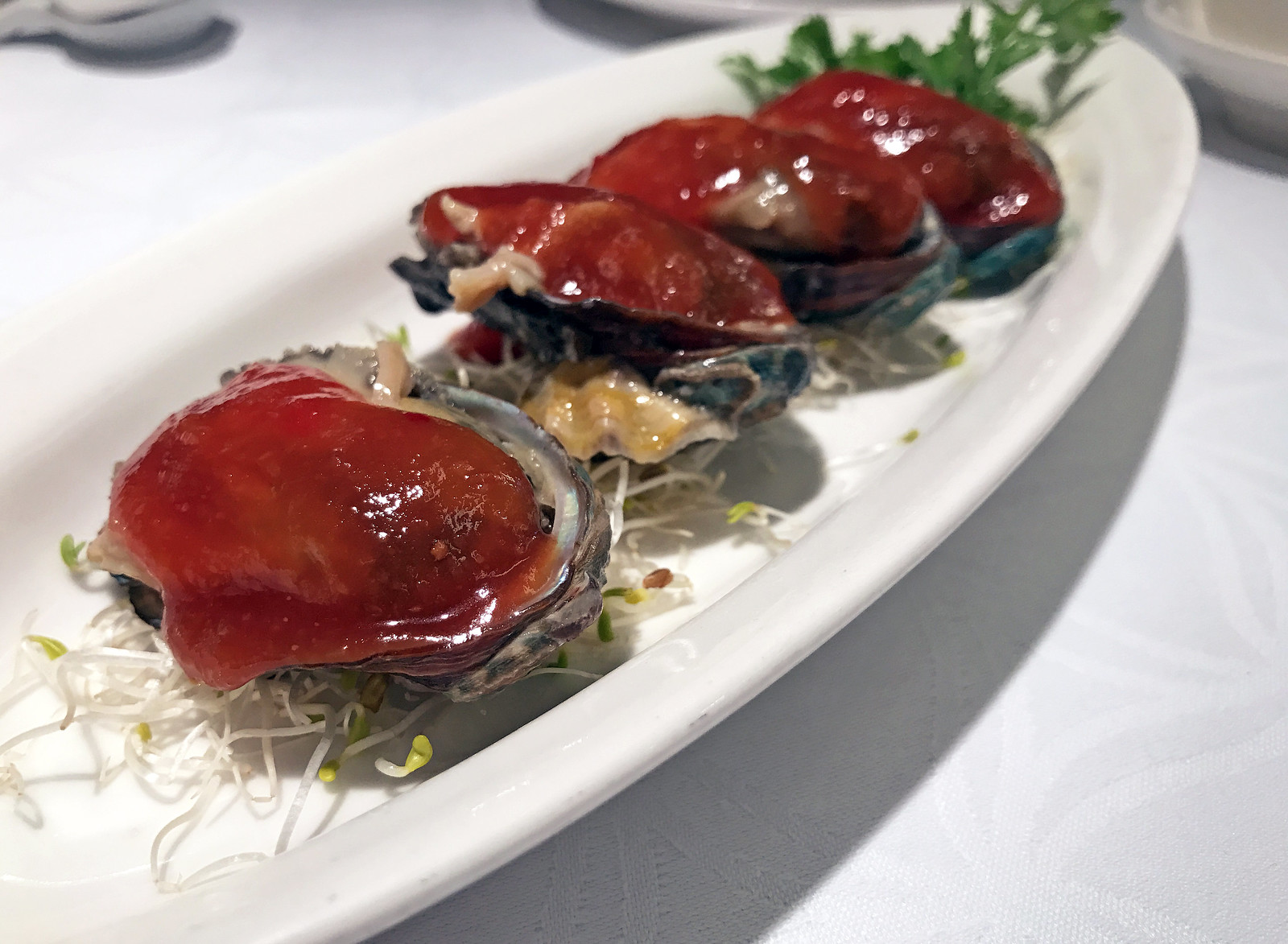
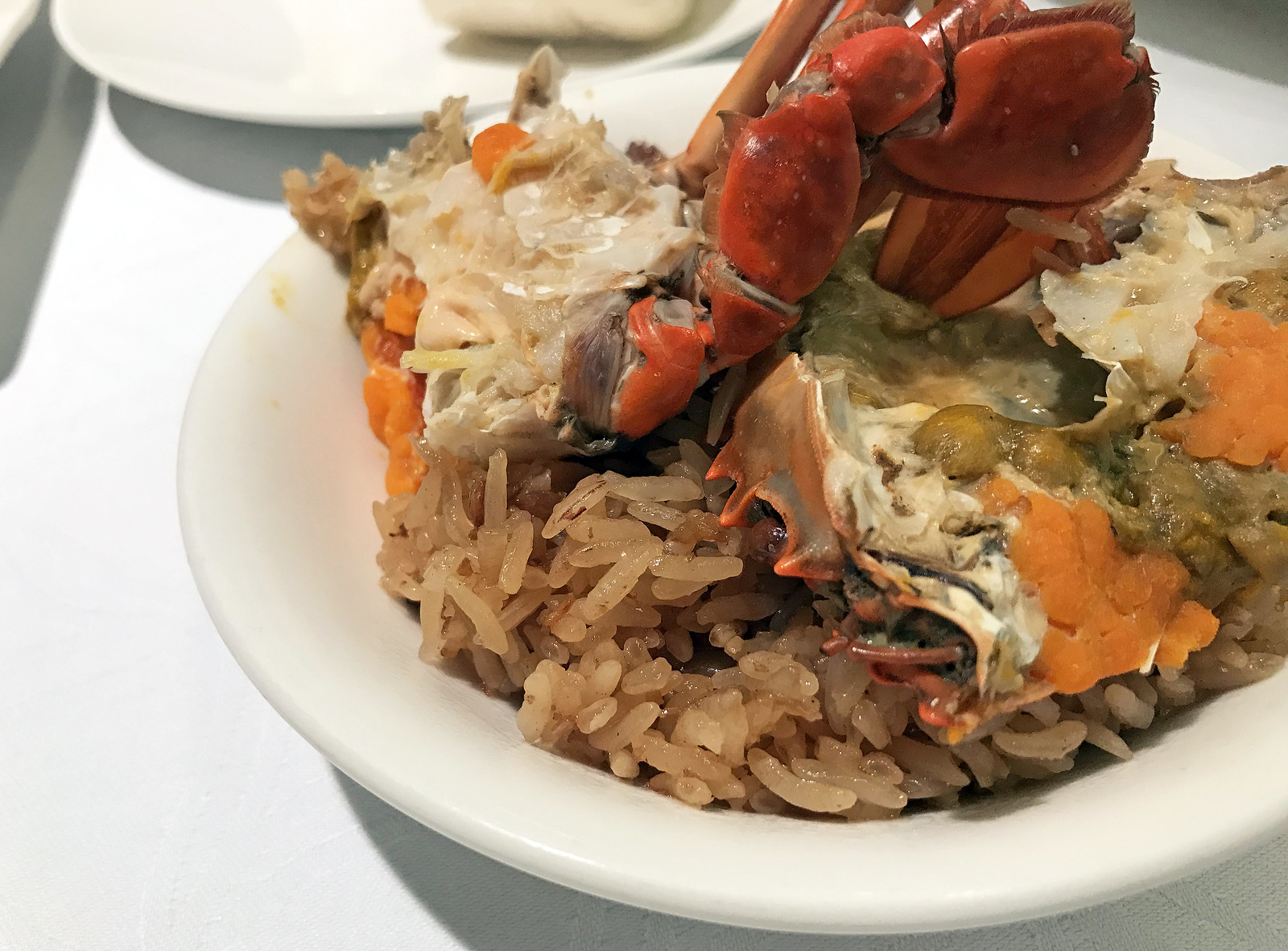
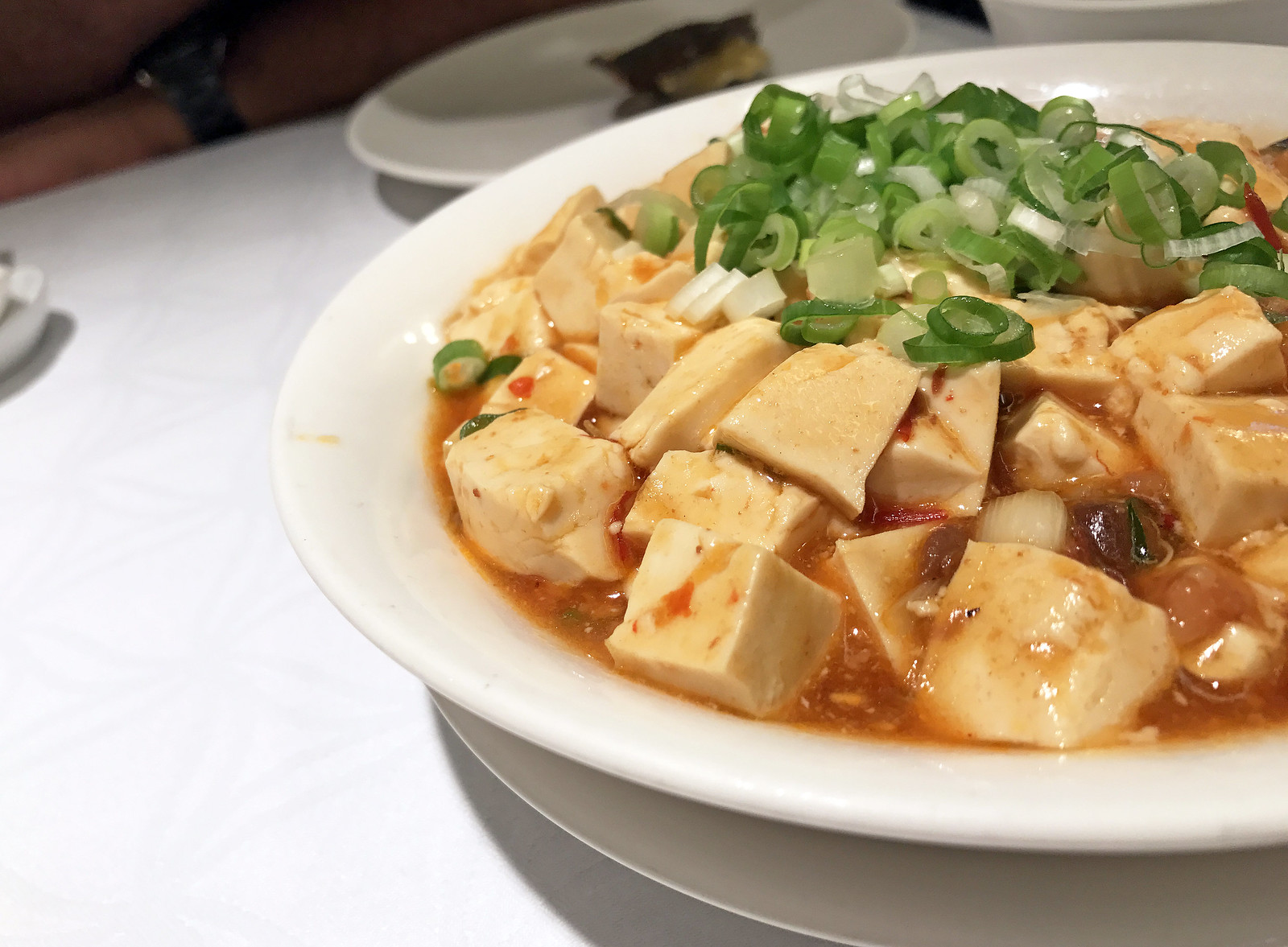
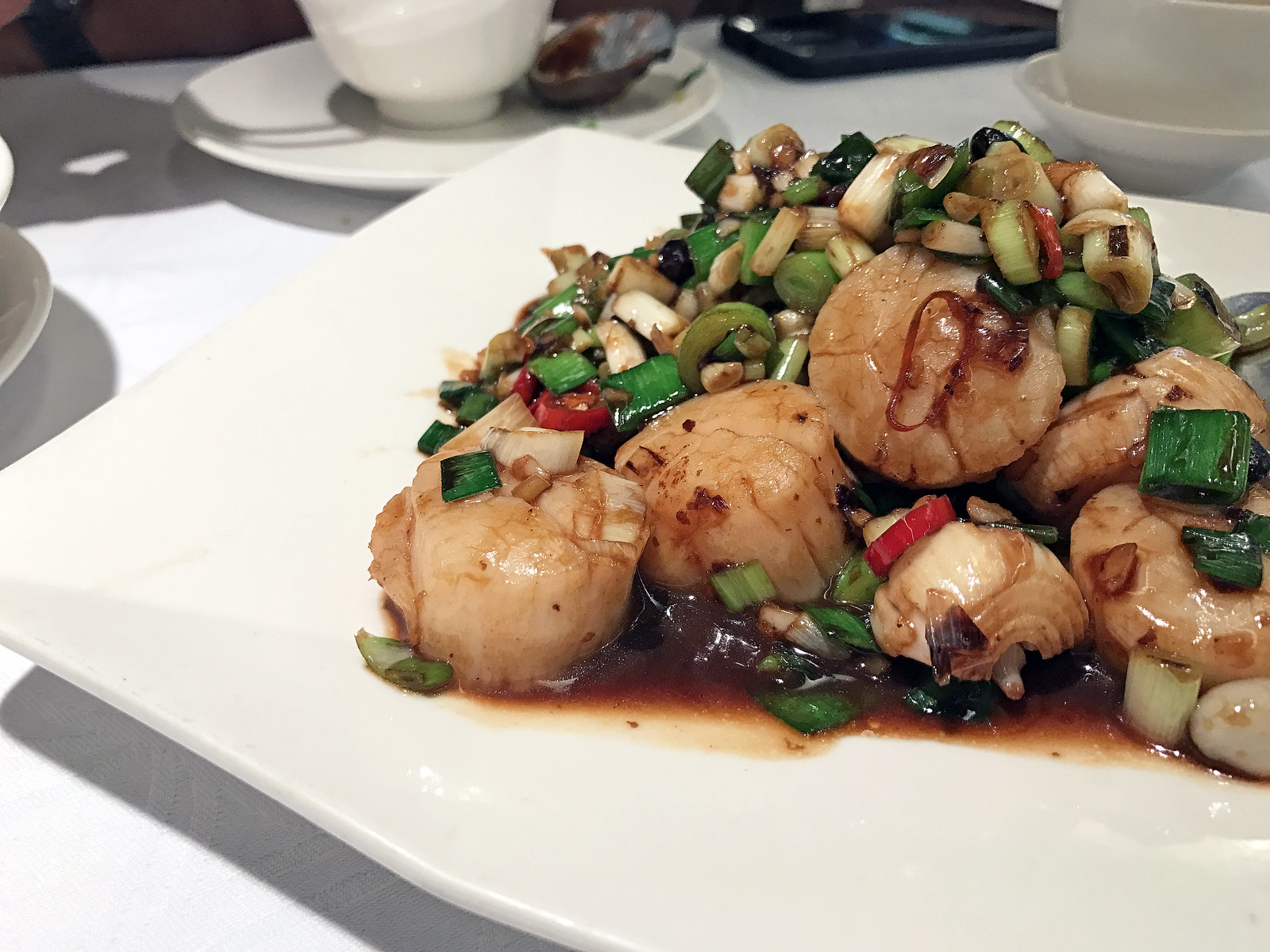
I was really excited for this meal but it fell short. I take partial responsibility as I may not have ordered the right dishes. The abalone wasn’t tender, the crab roe was, well, not very crabby, and the ma po tofu was ketchupy. I enjoyed the scallops with black bean sauce, though.
Still, my favorite restaurant in Taiwan continues to rhyme with Min Hai Tung.

